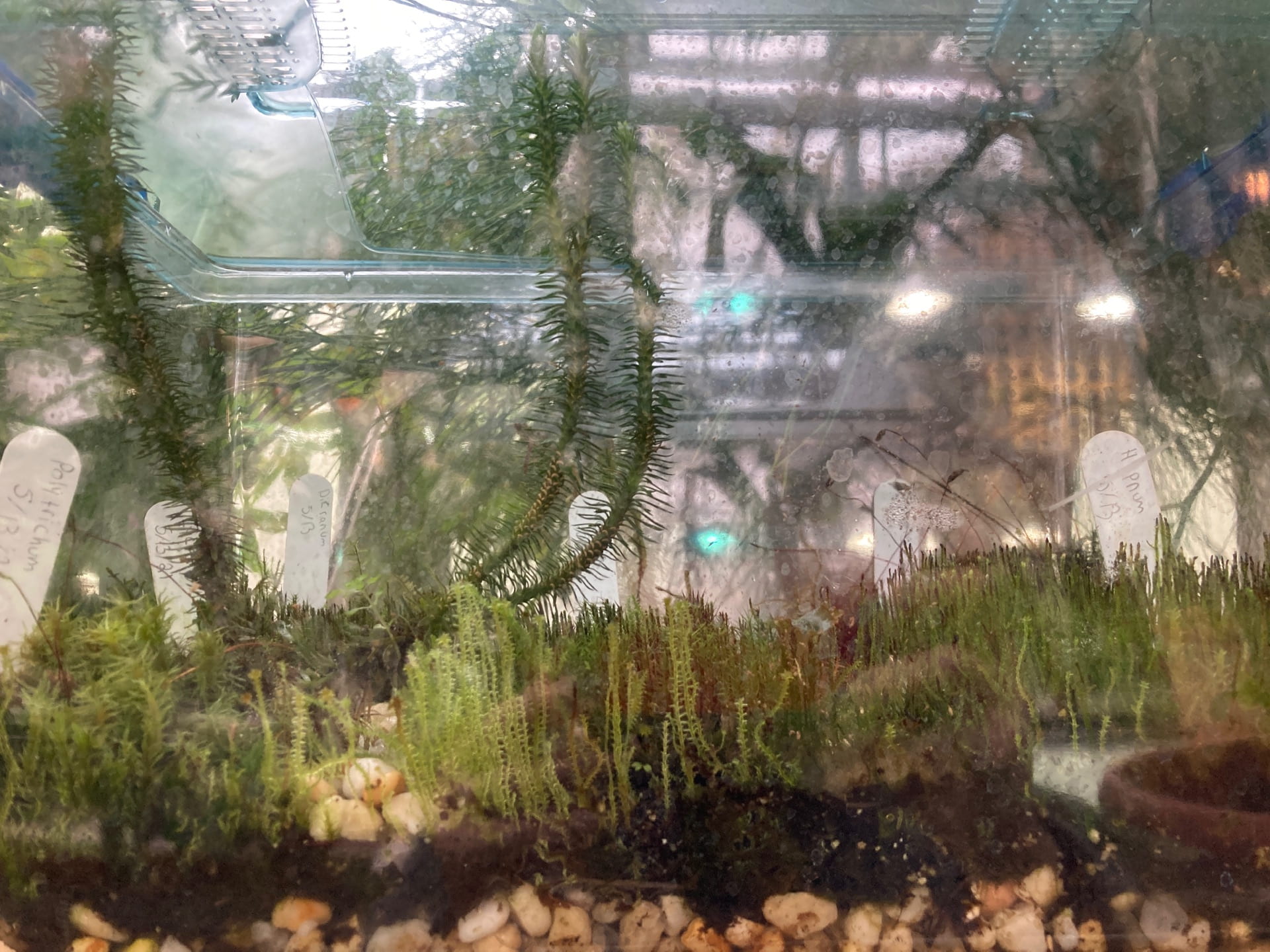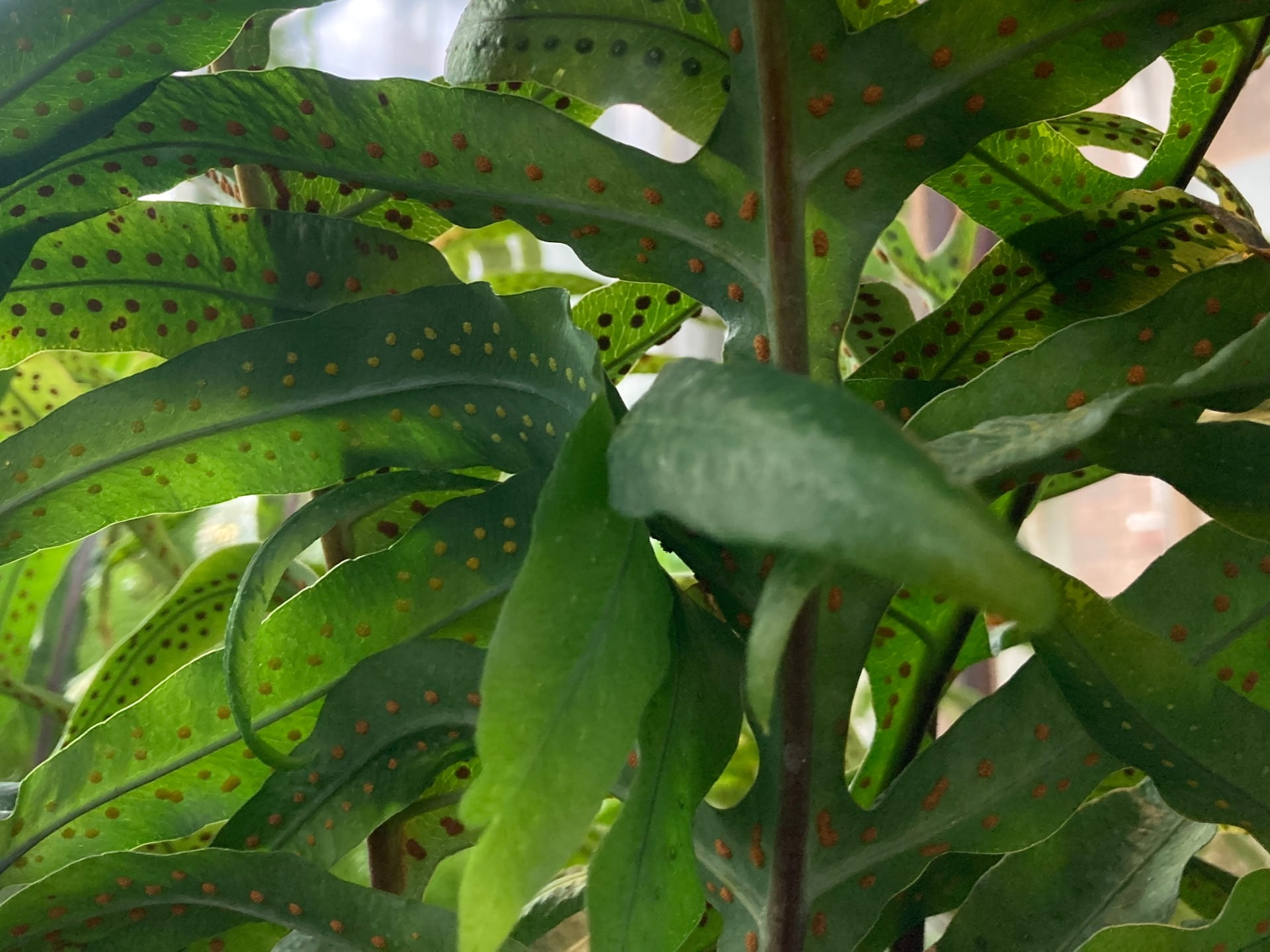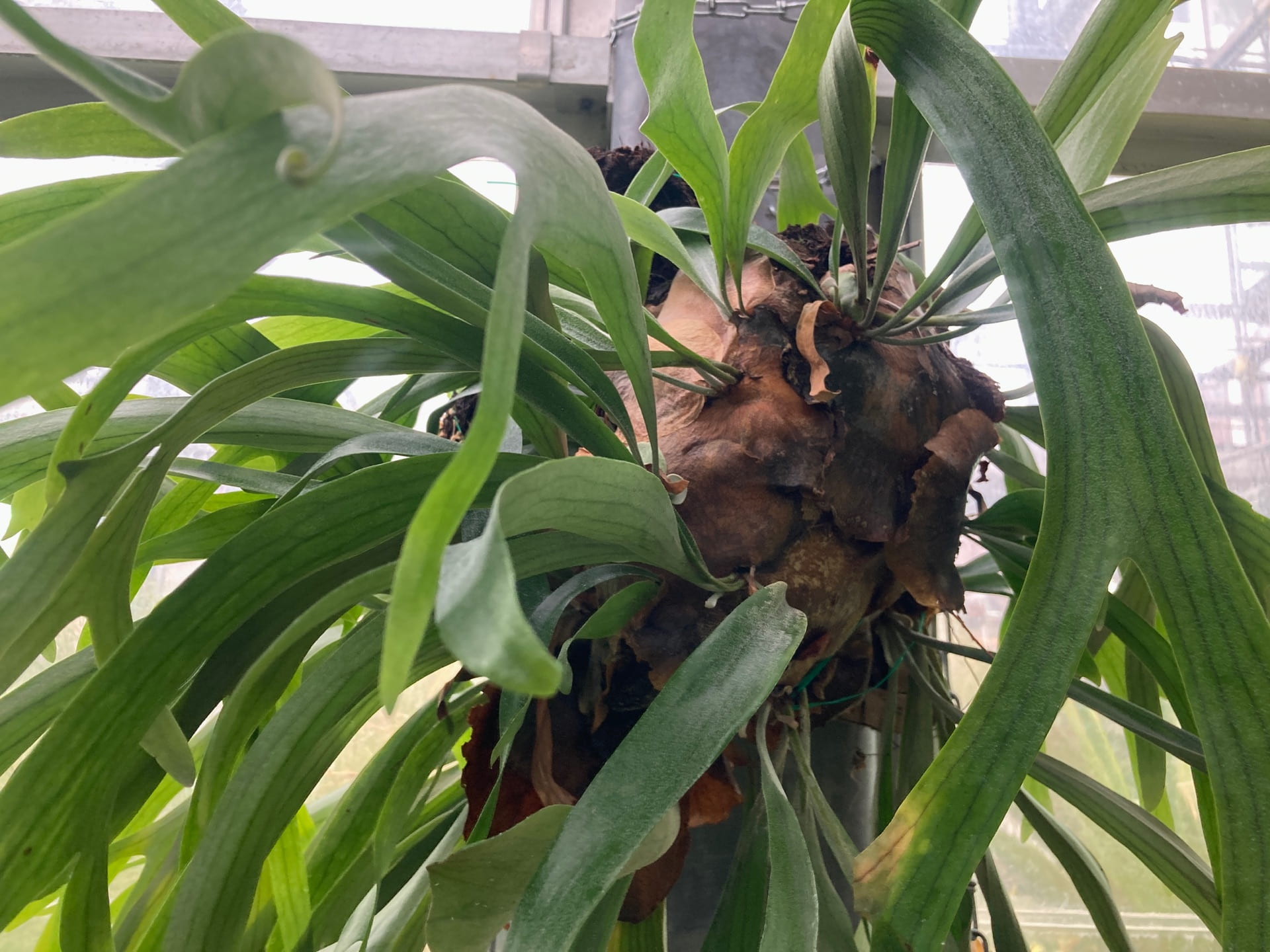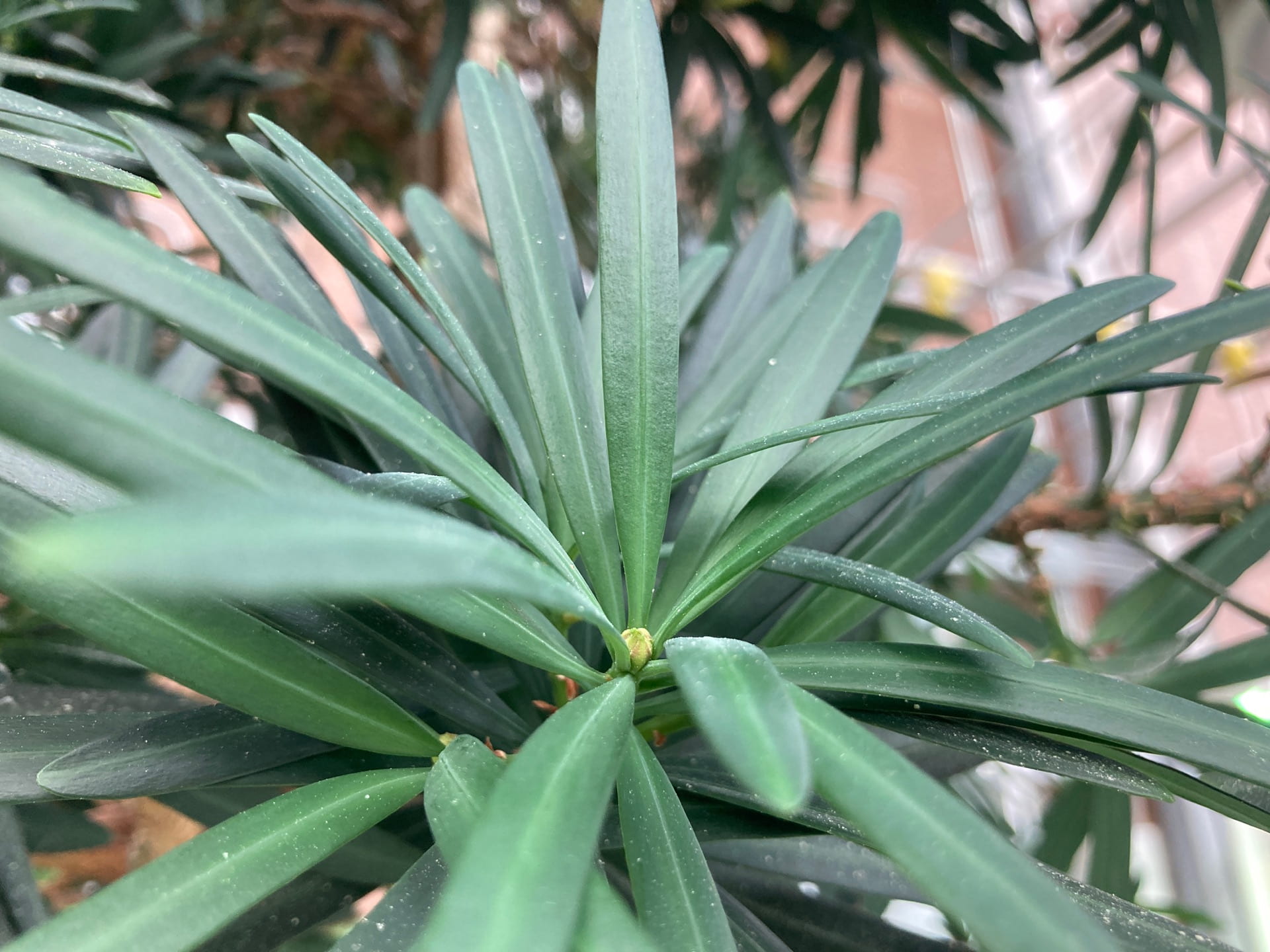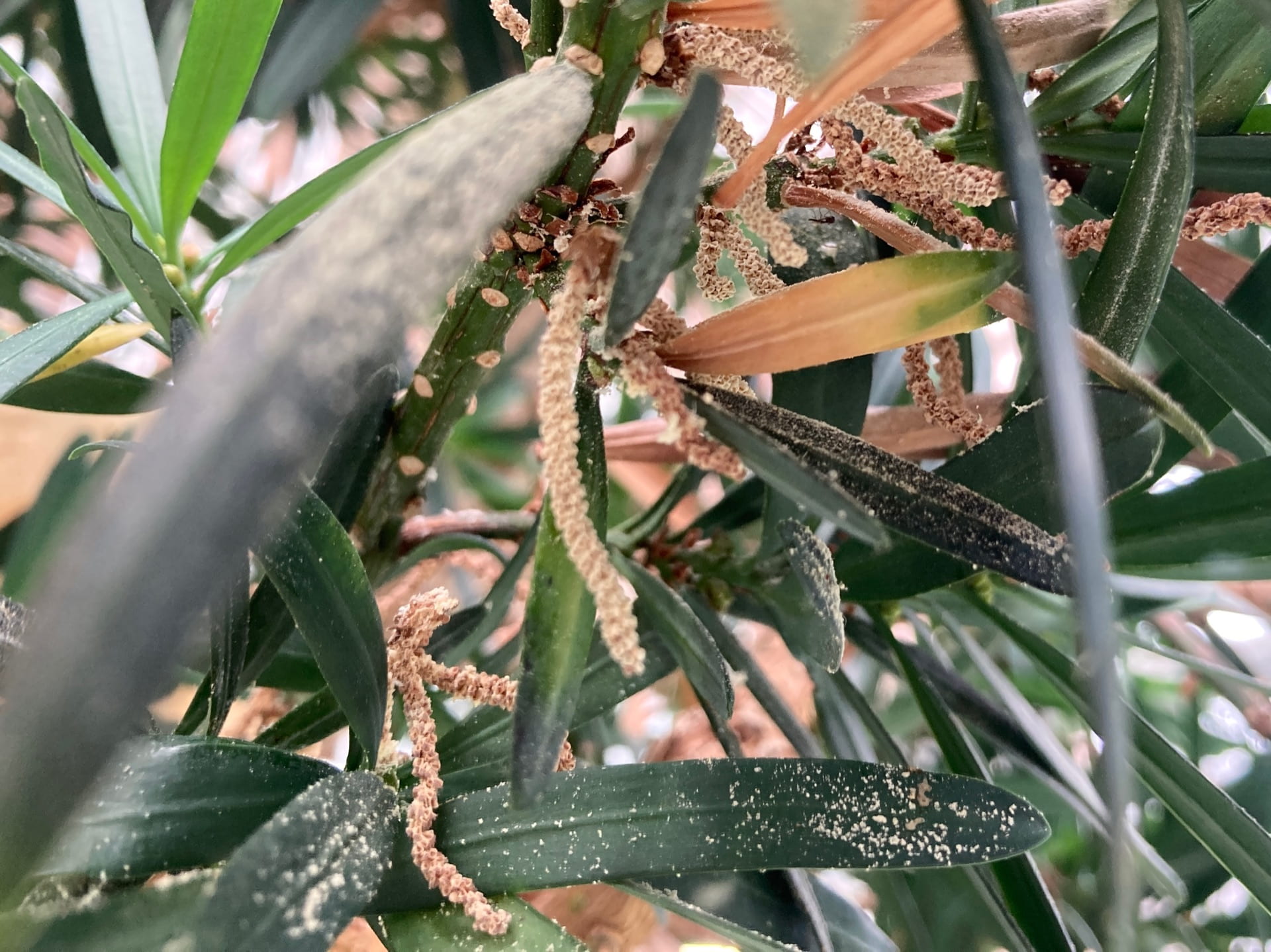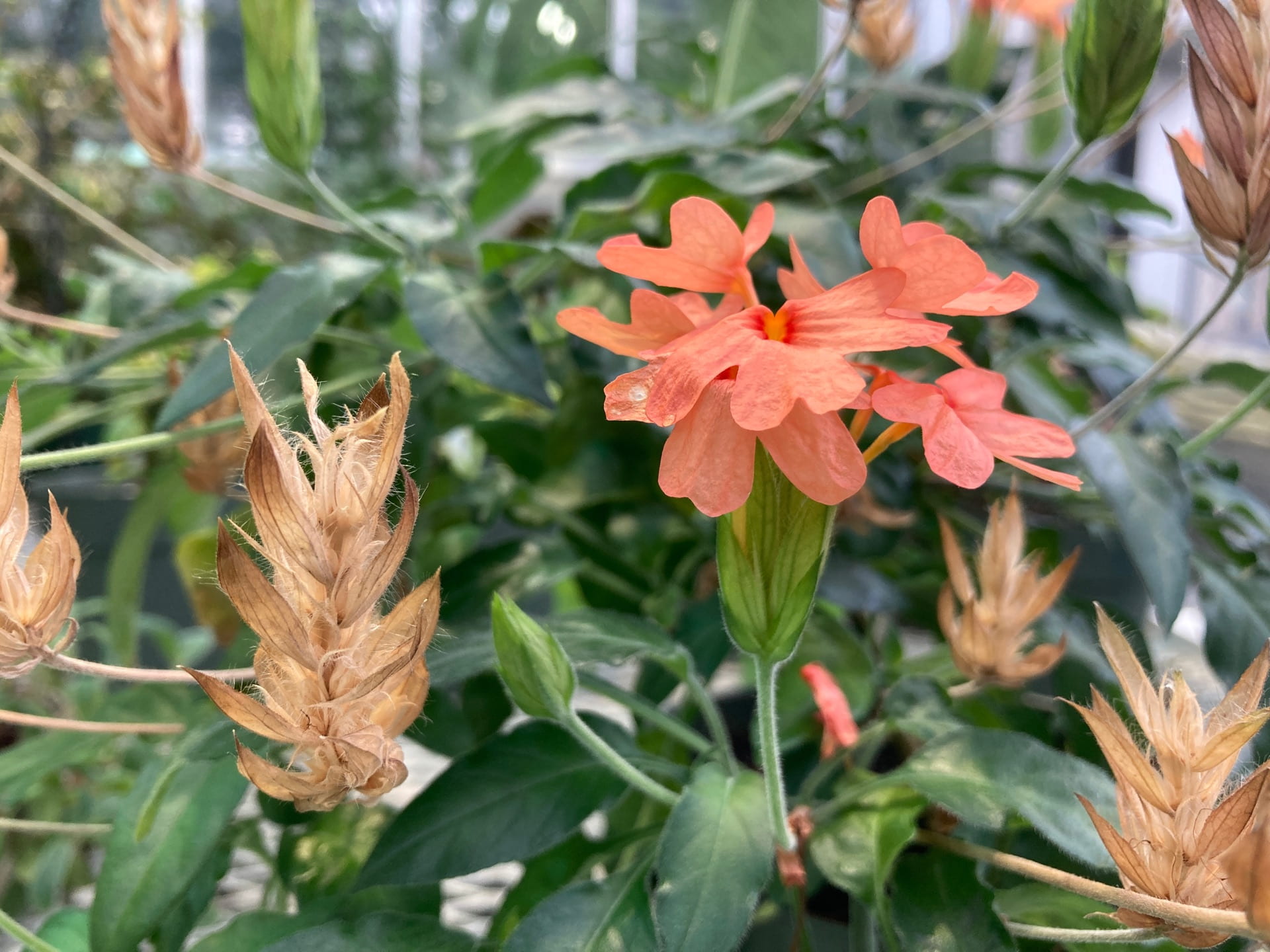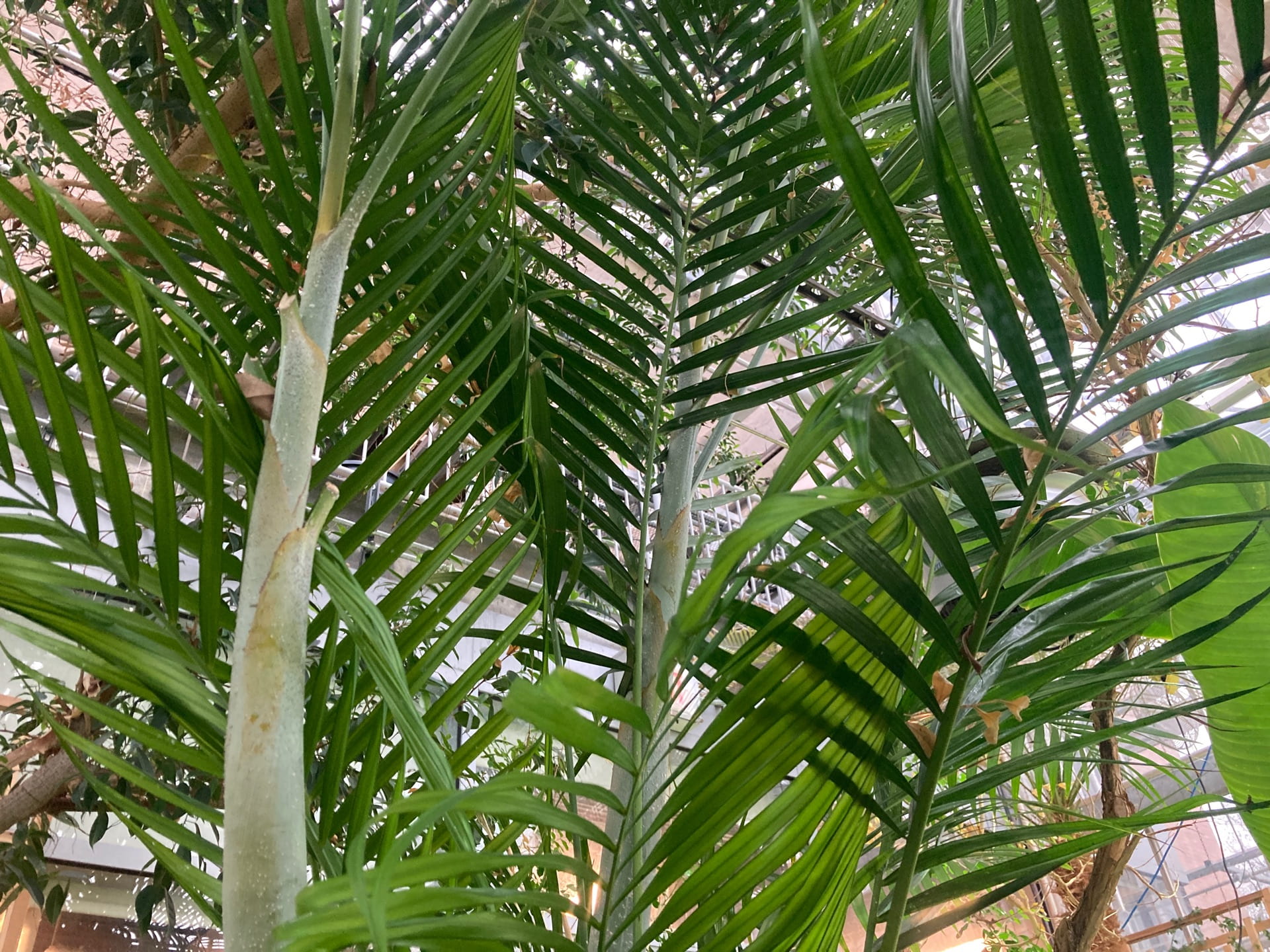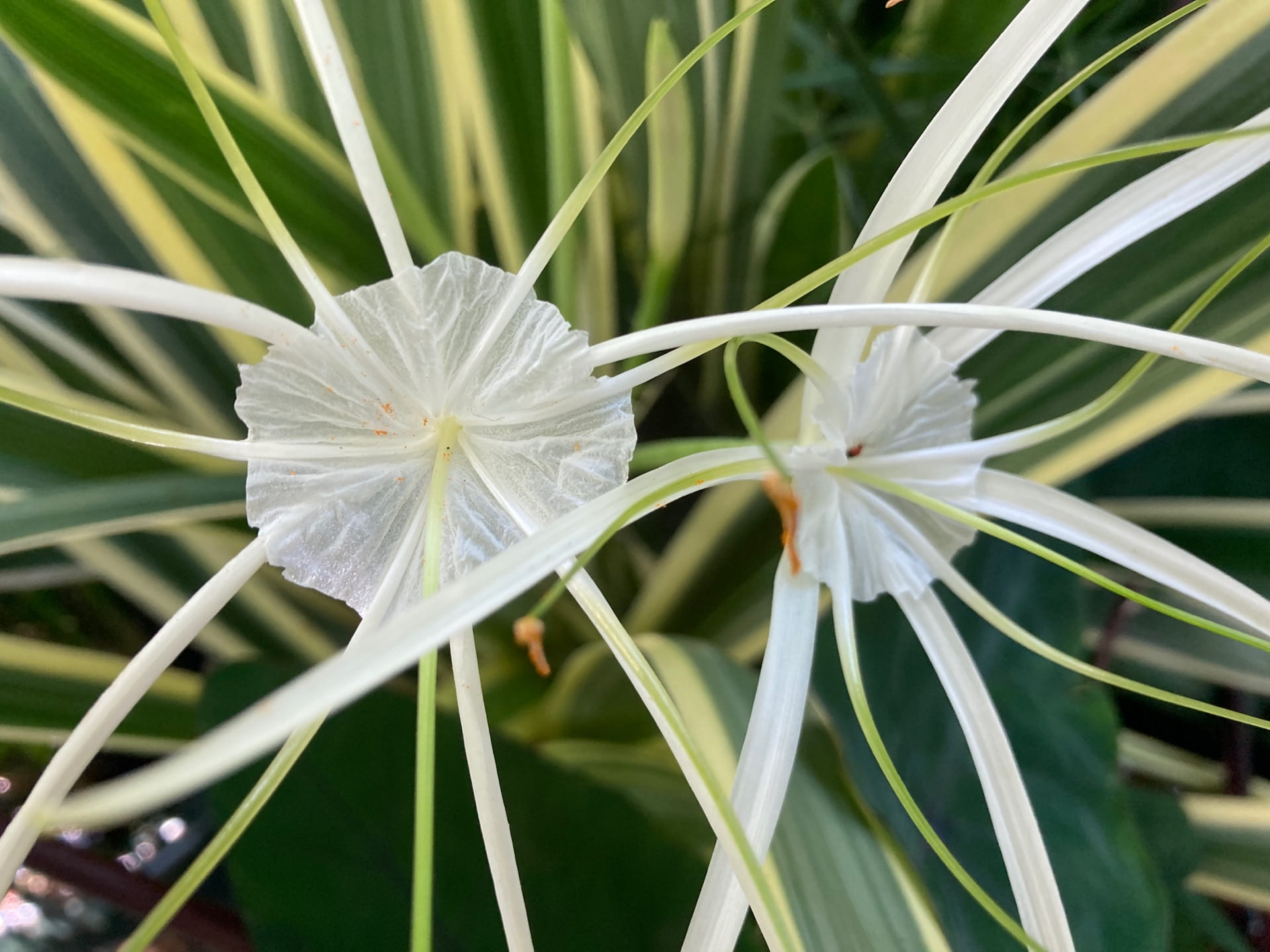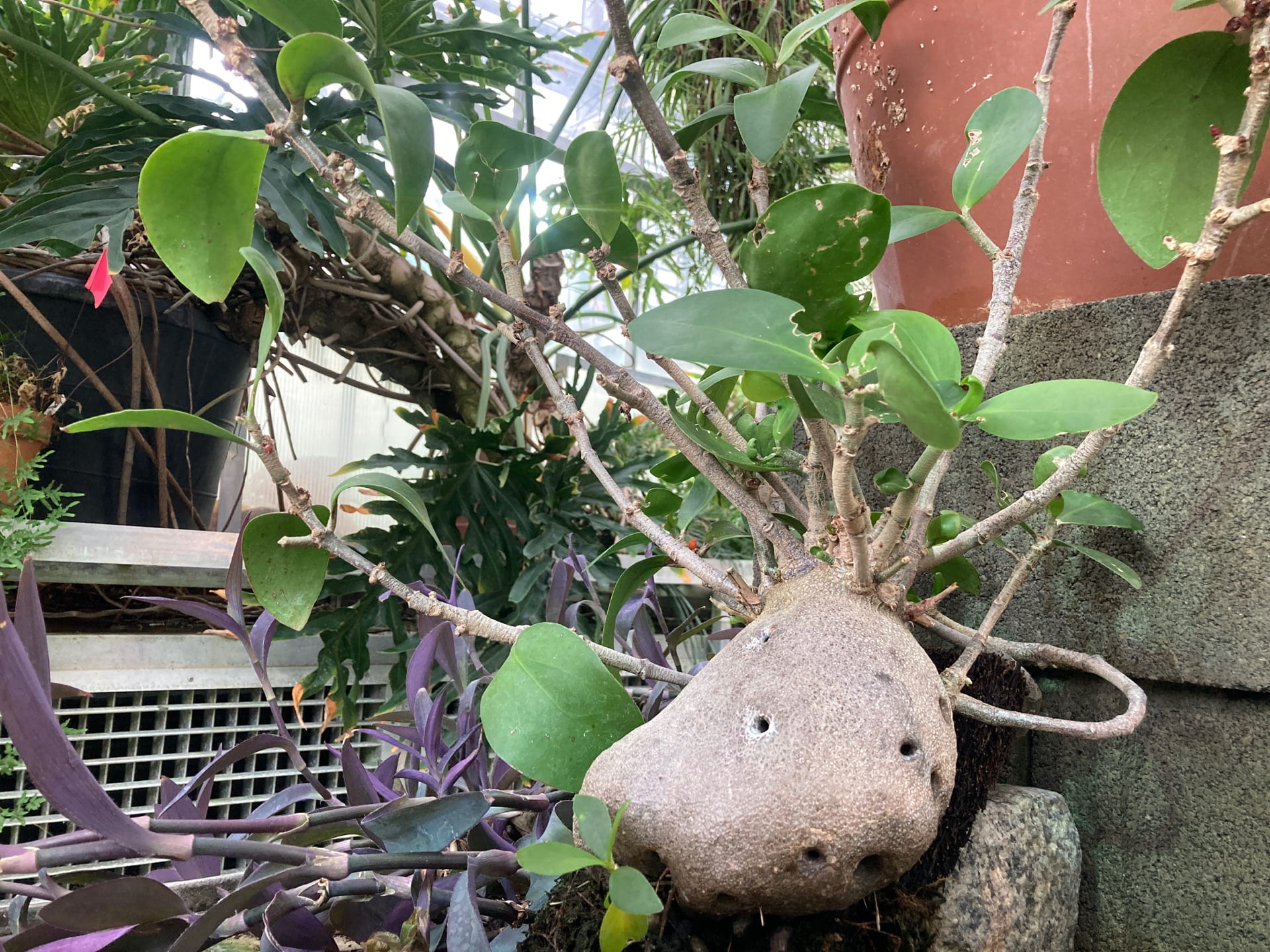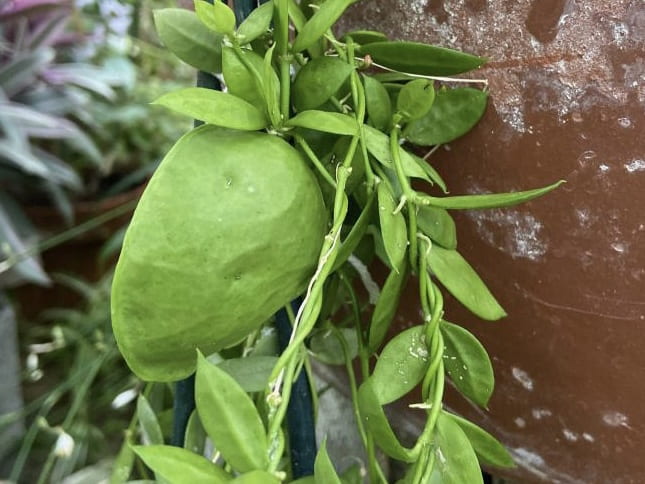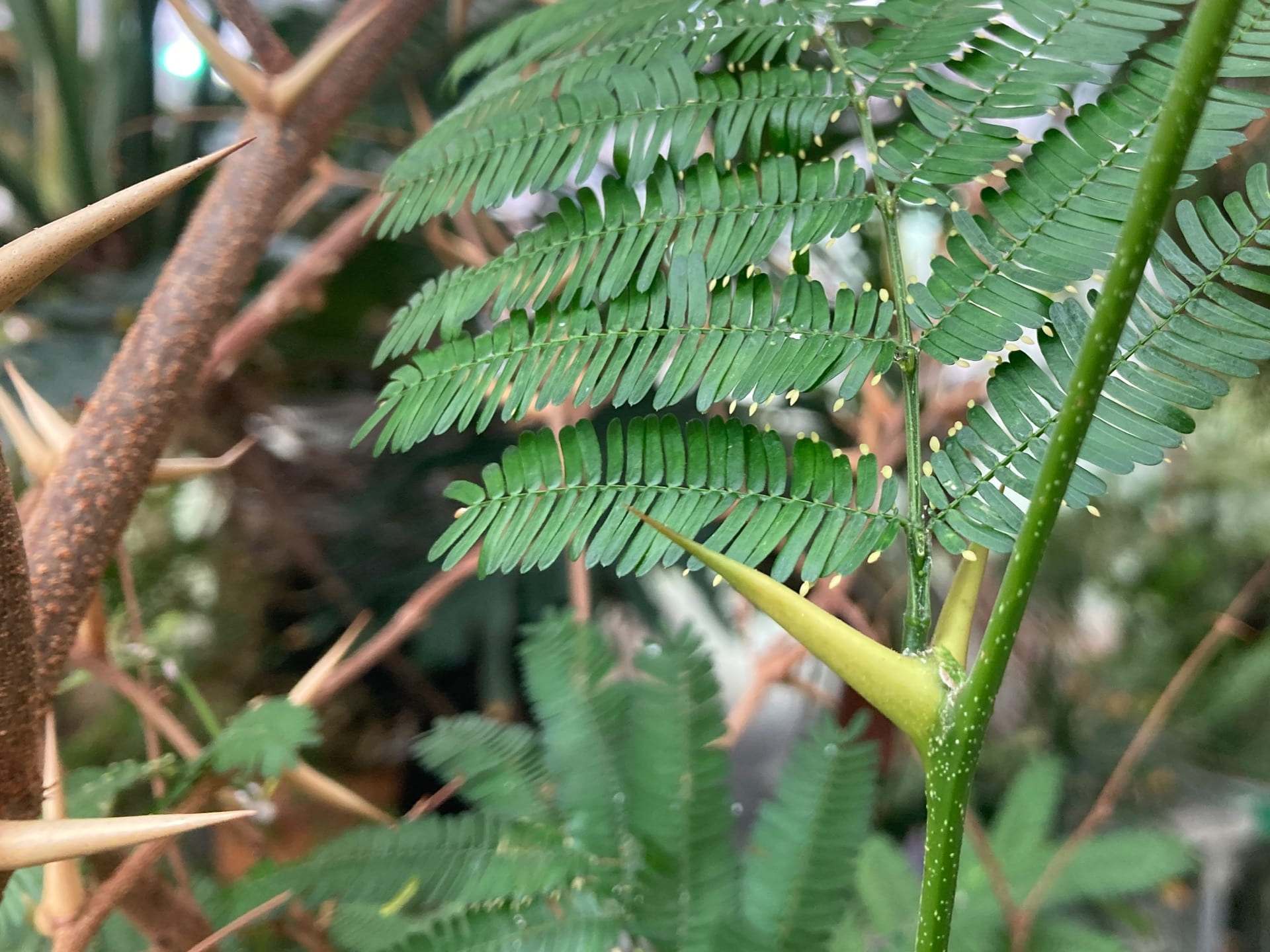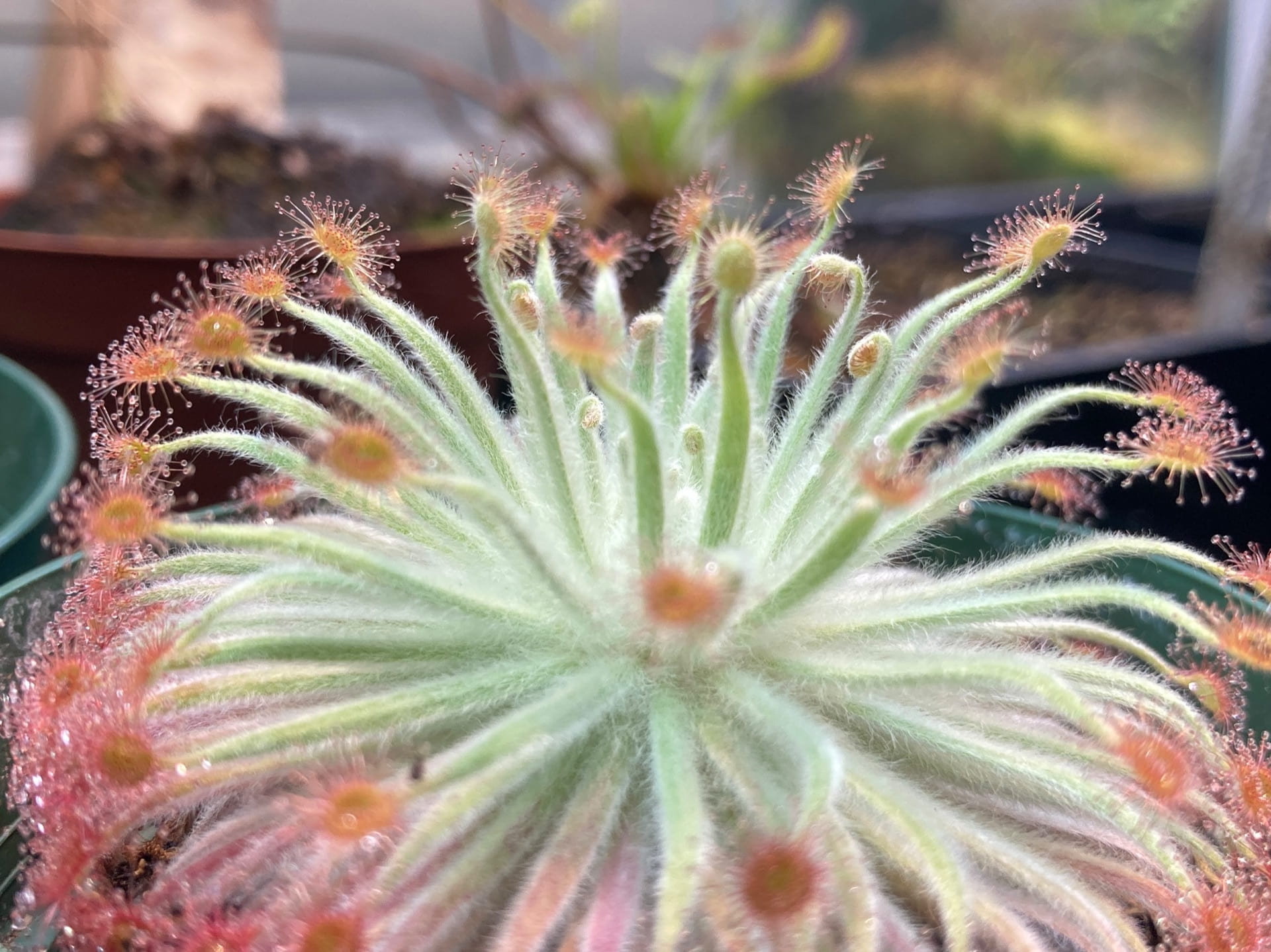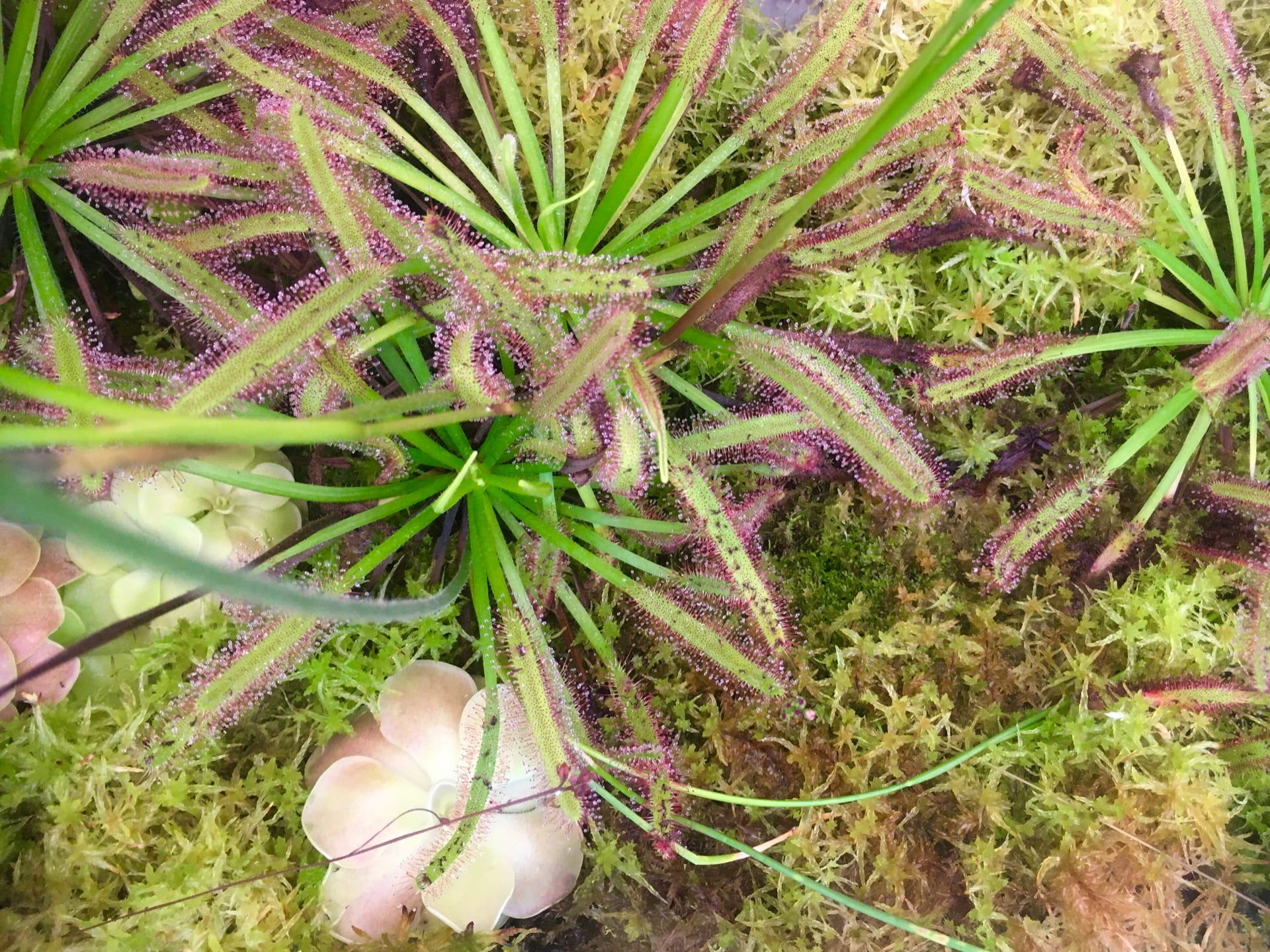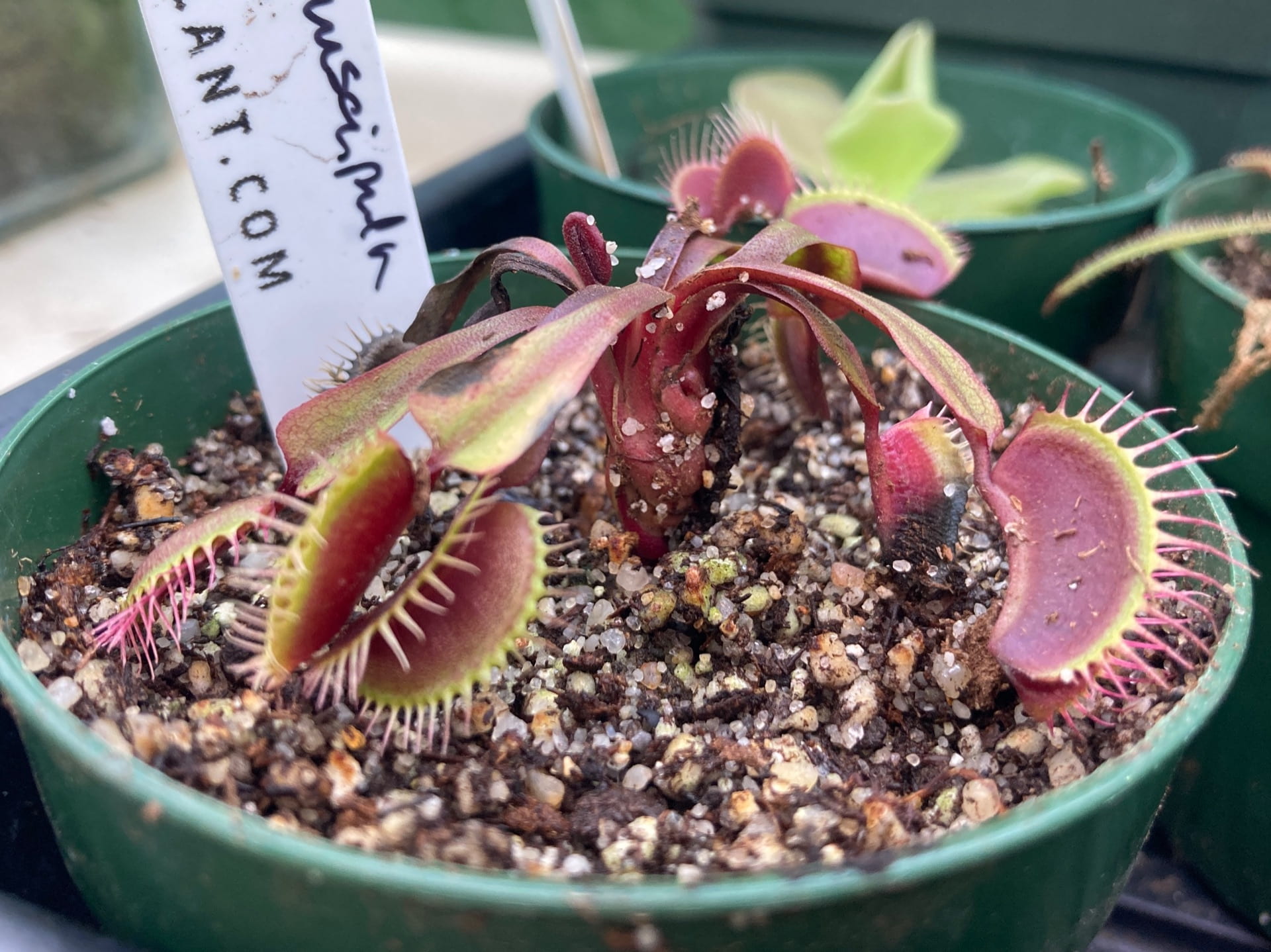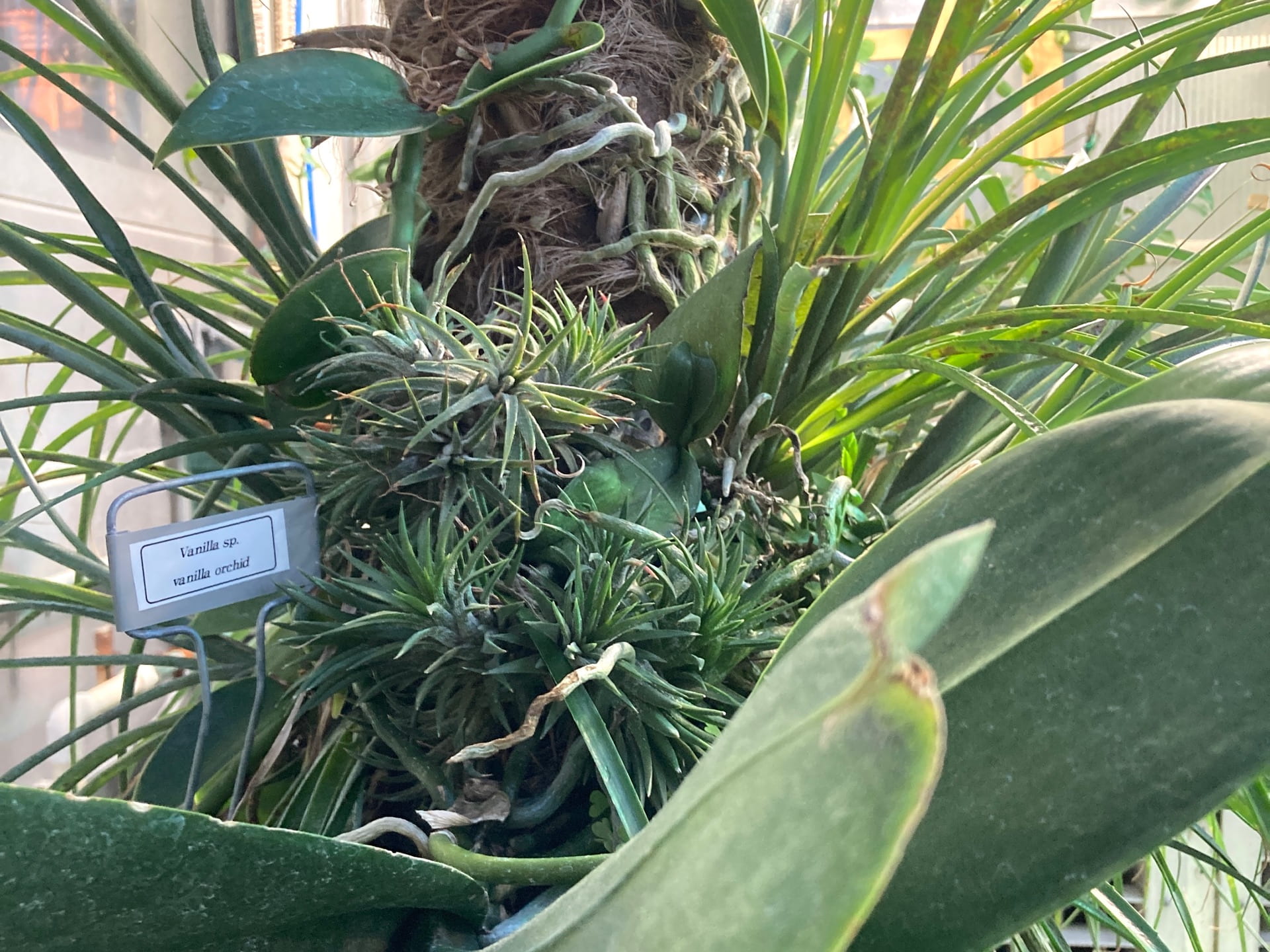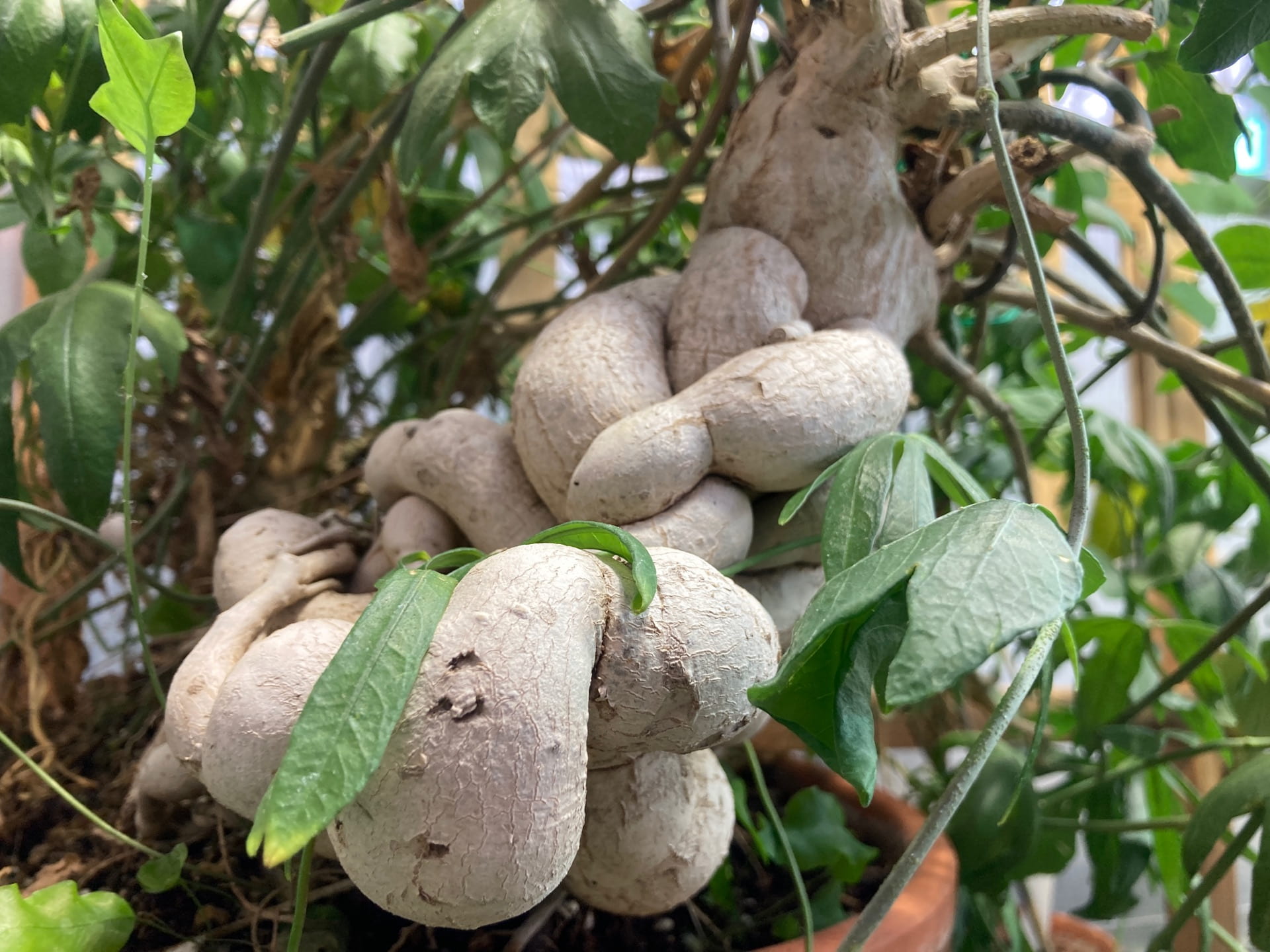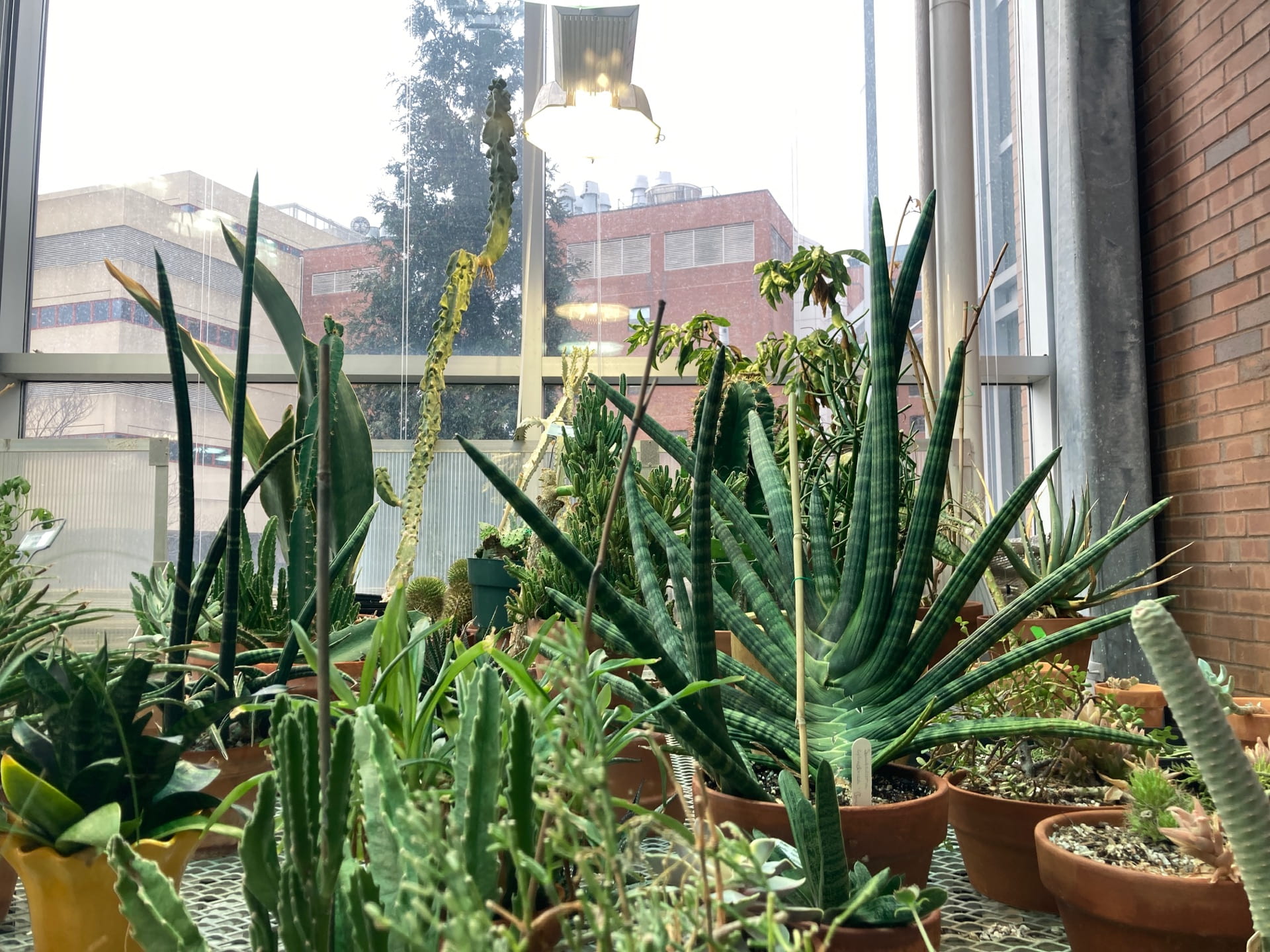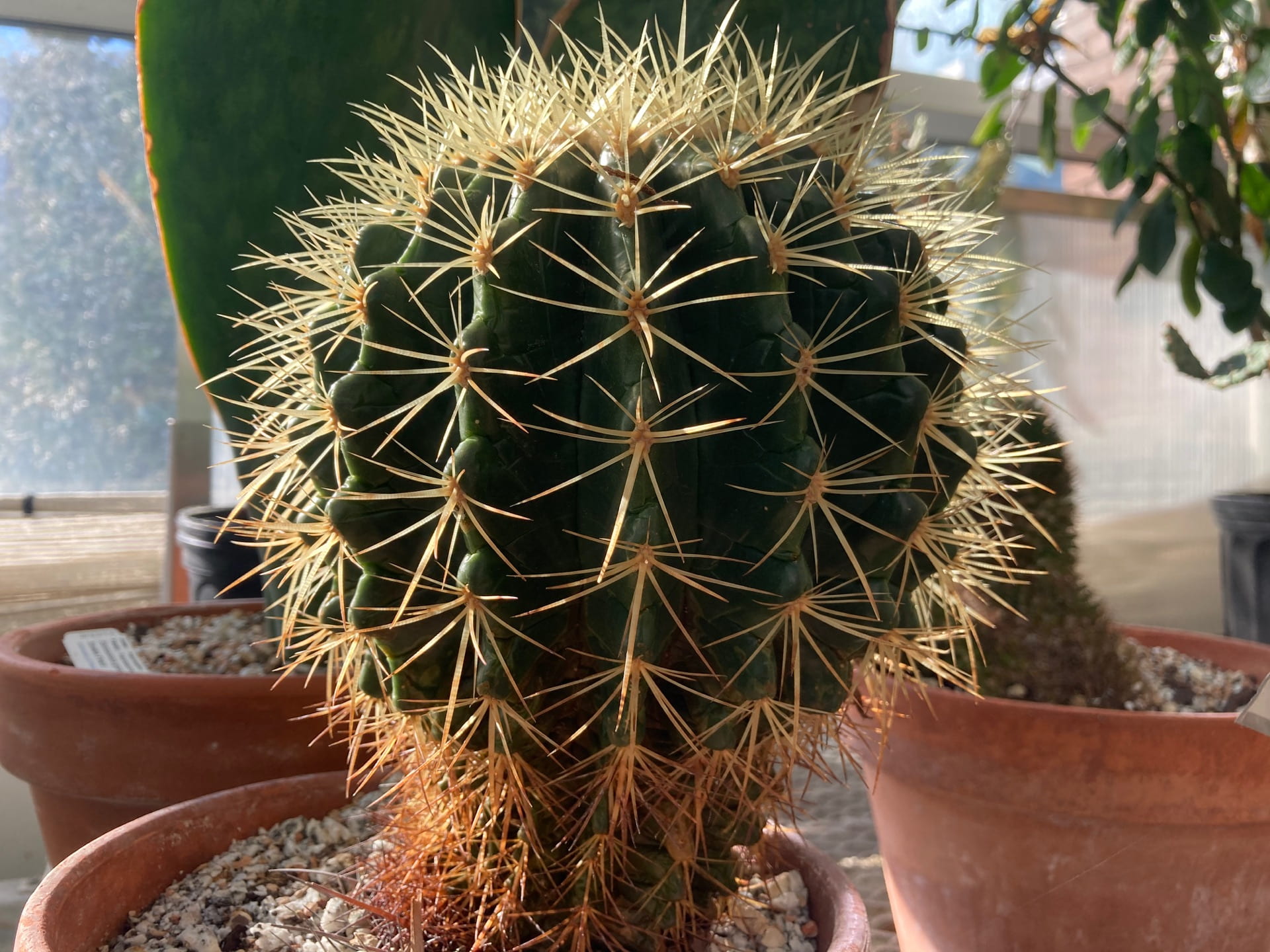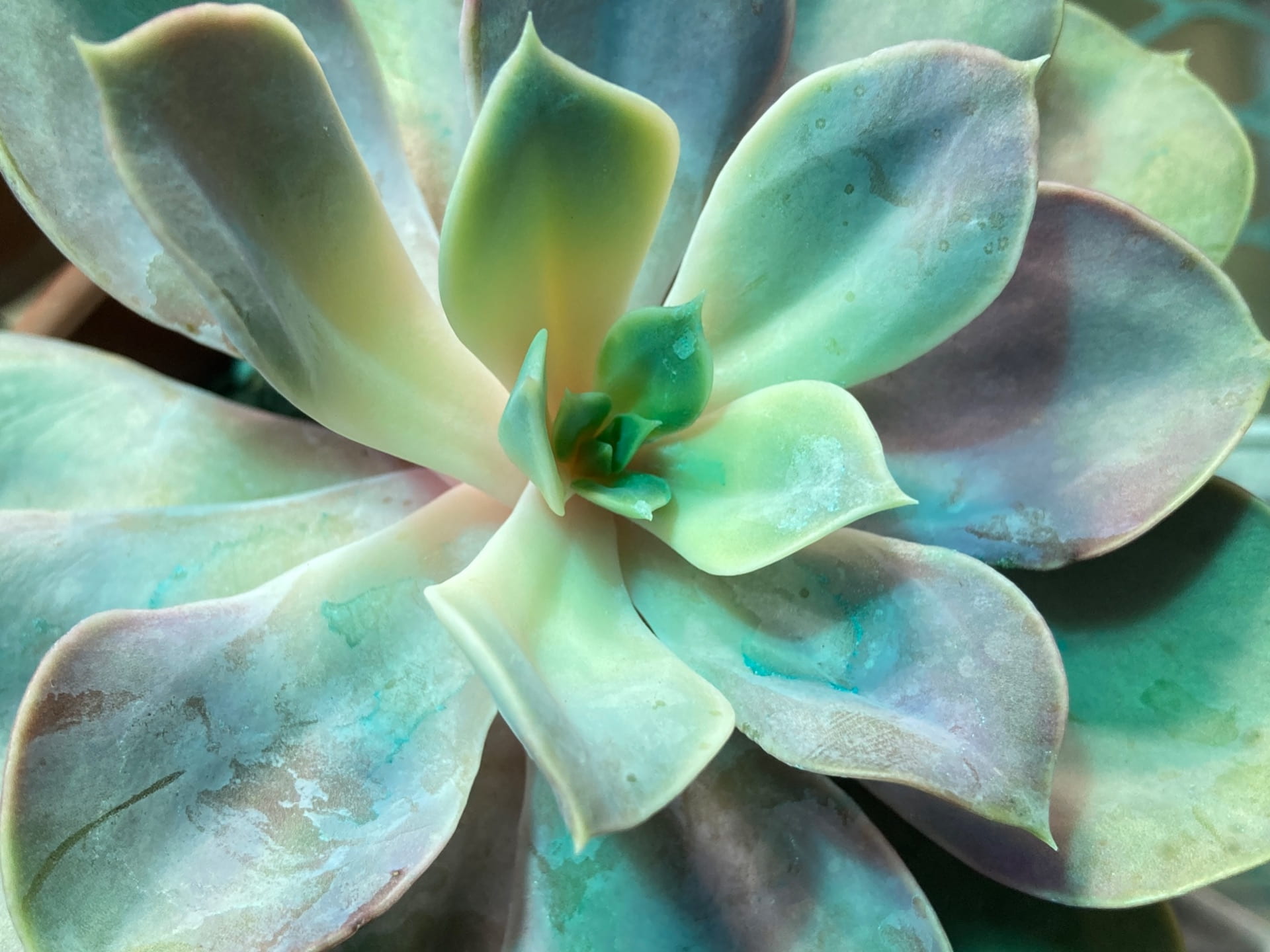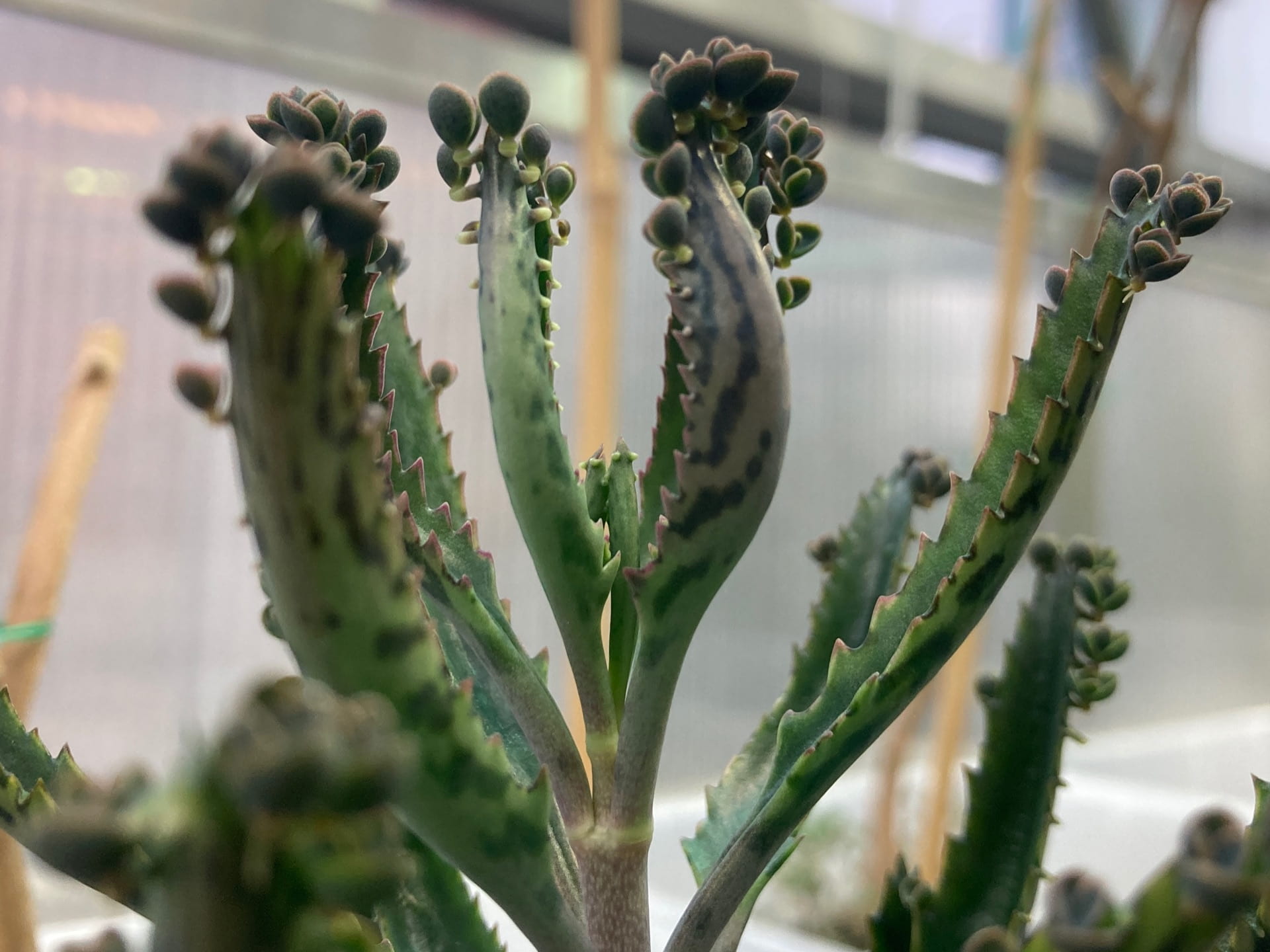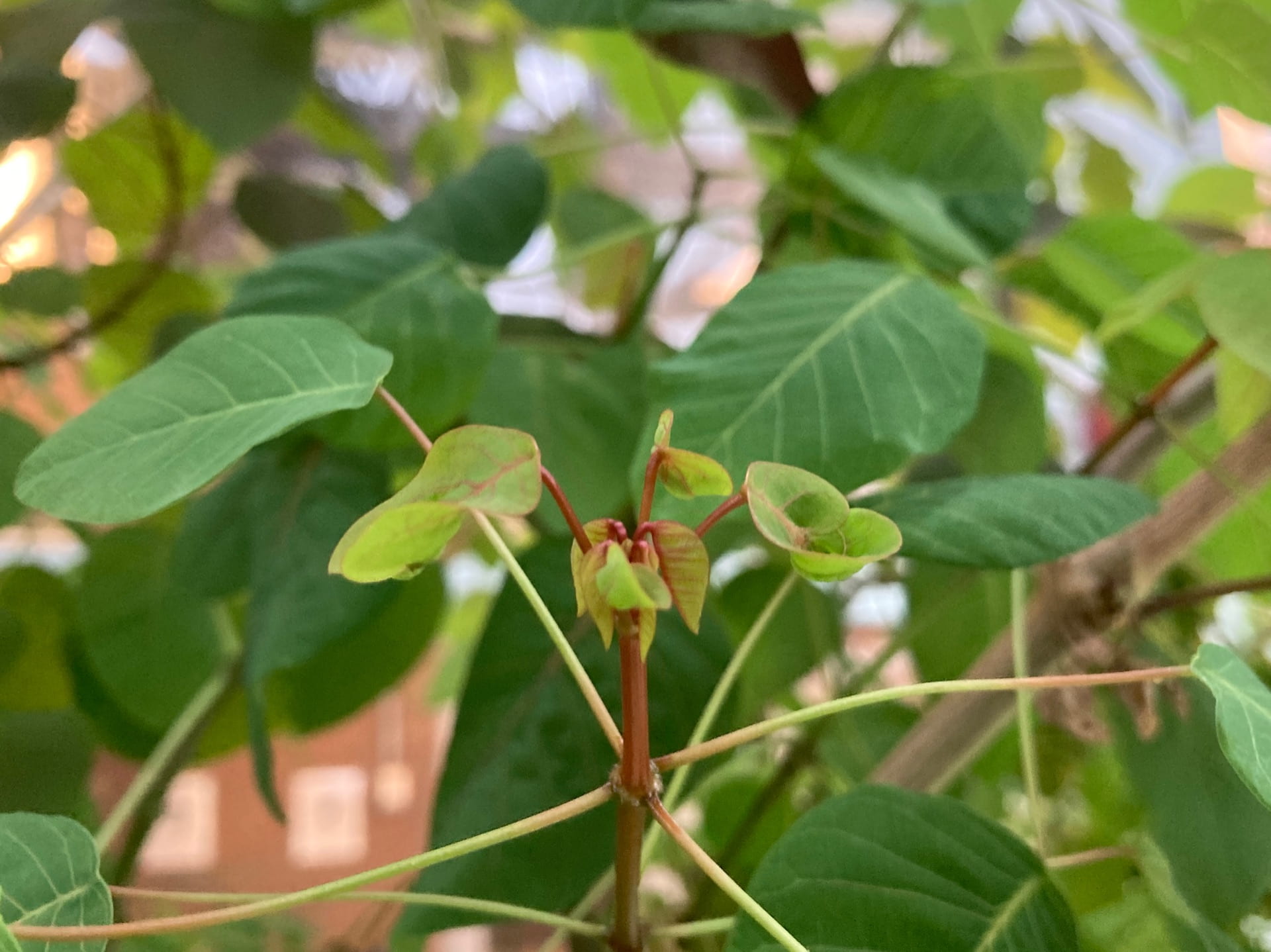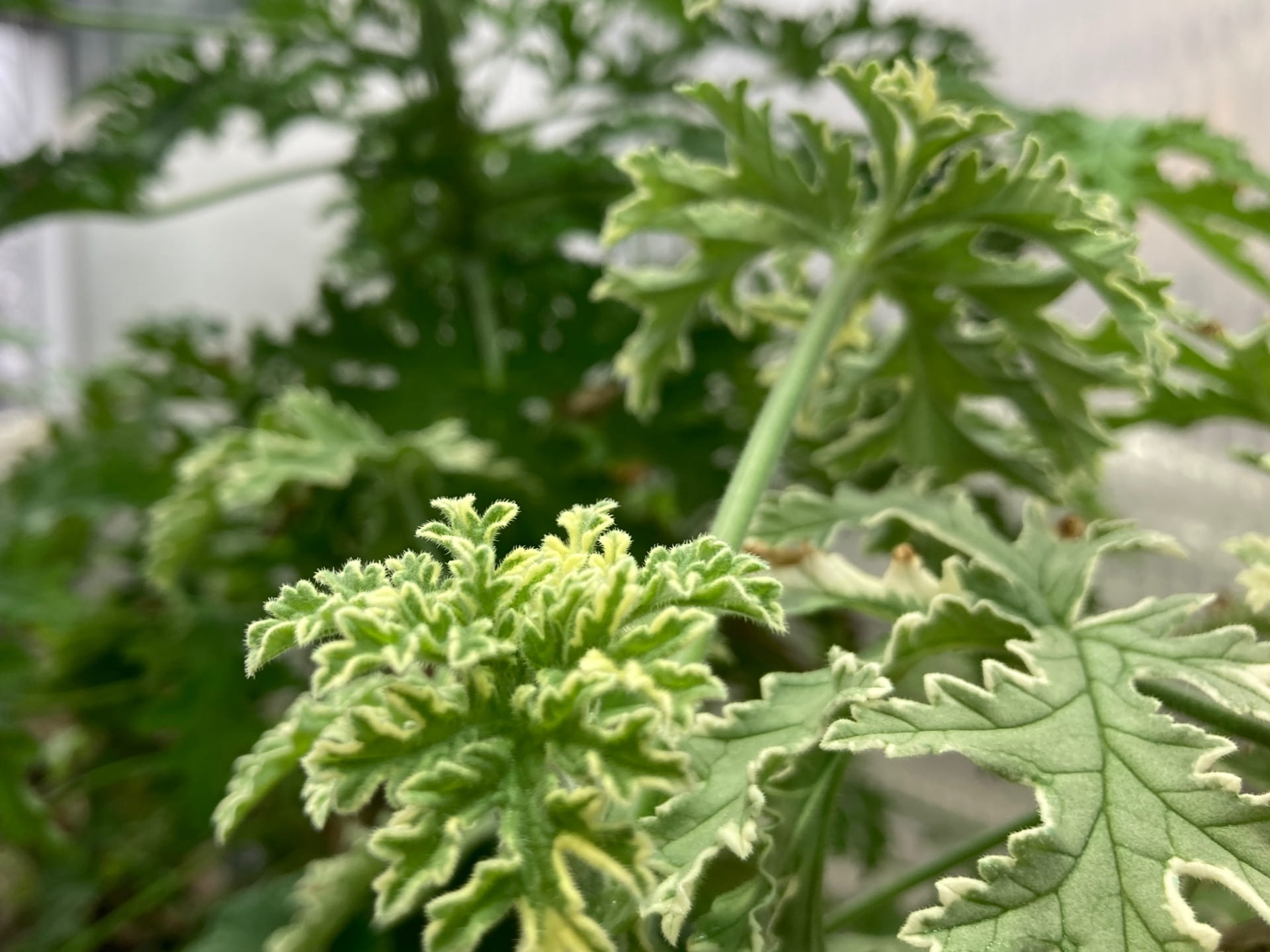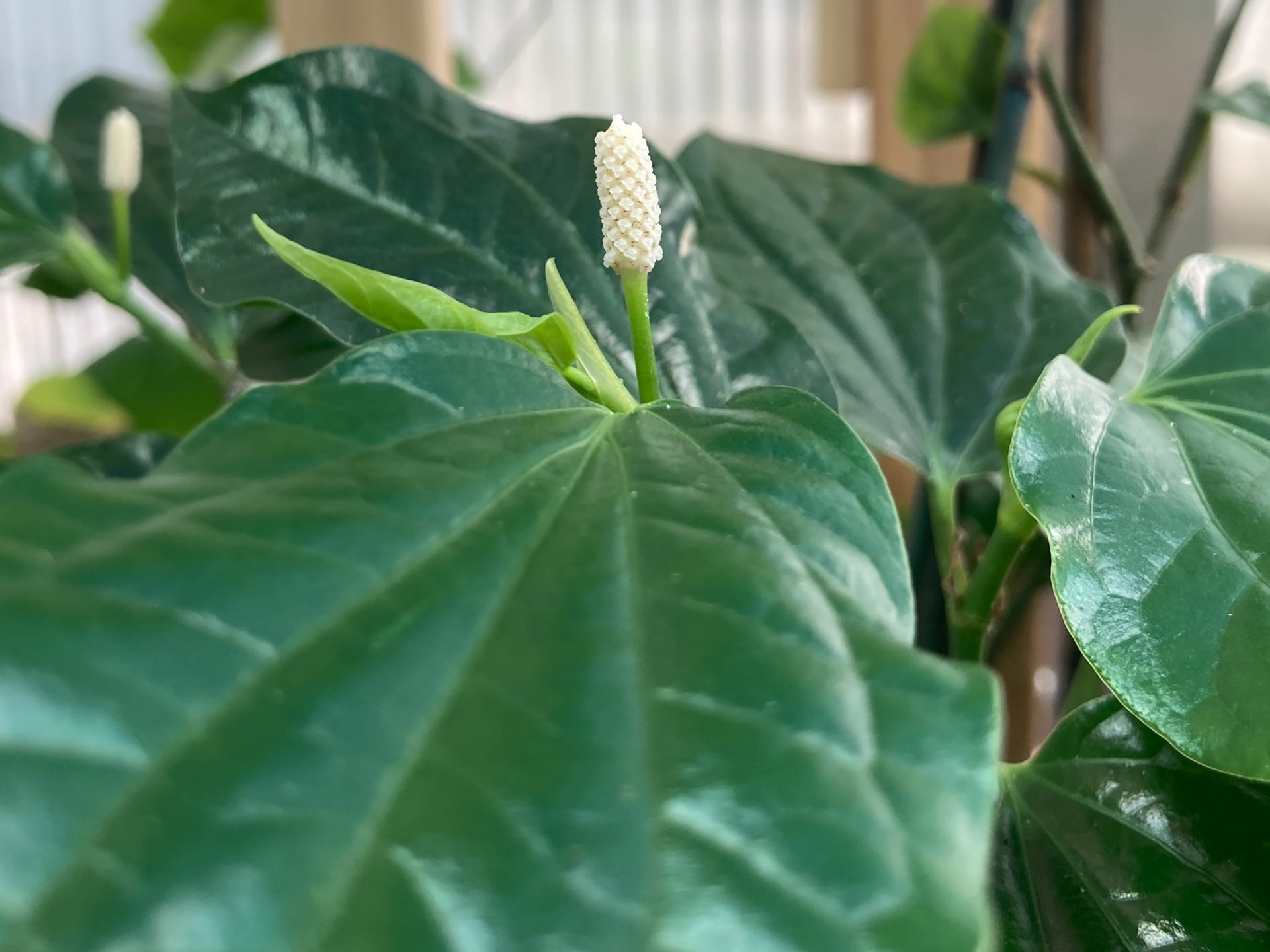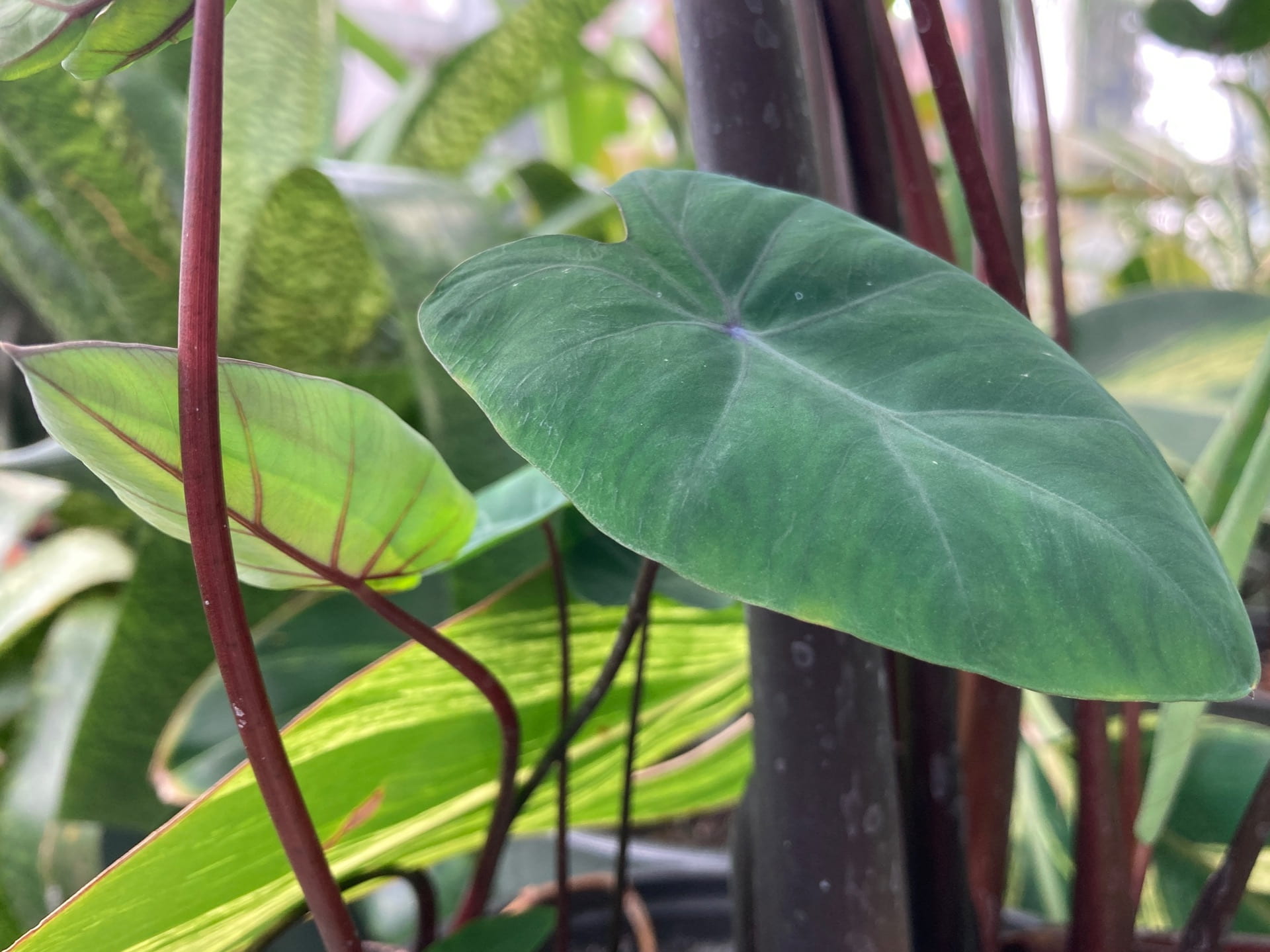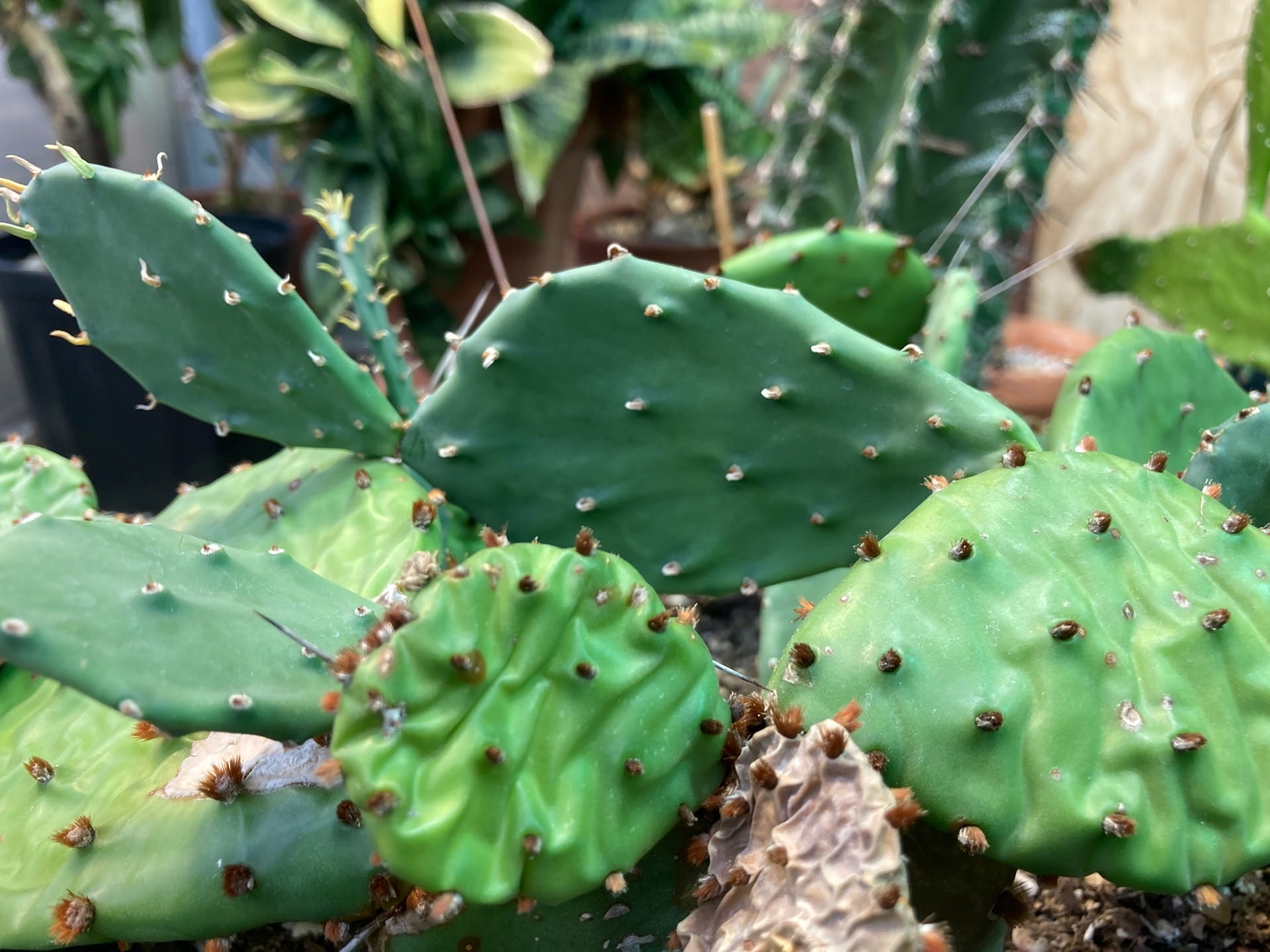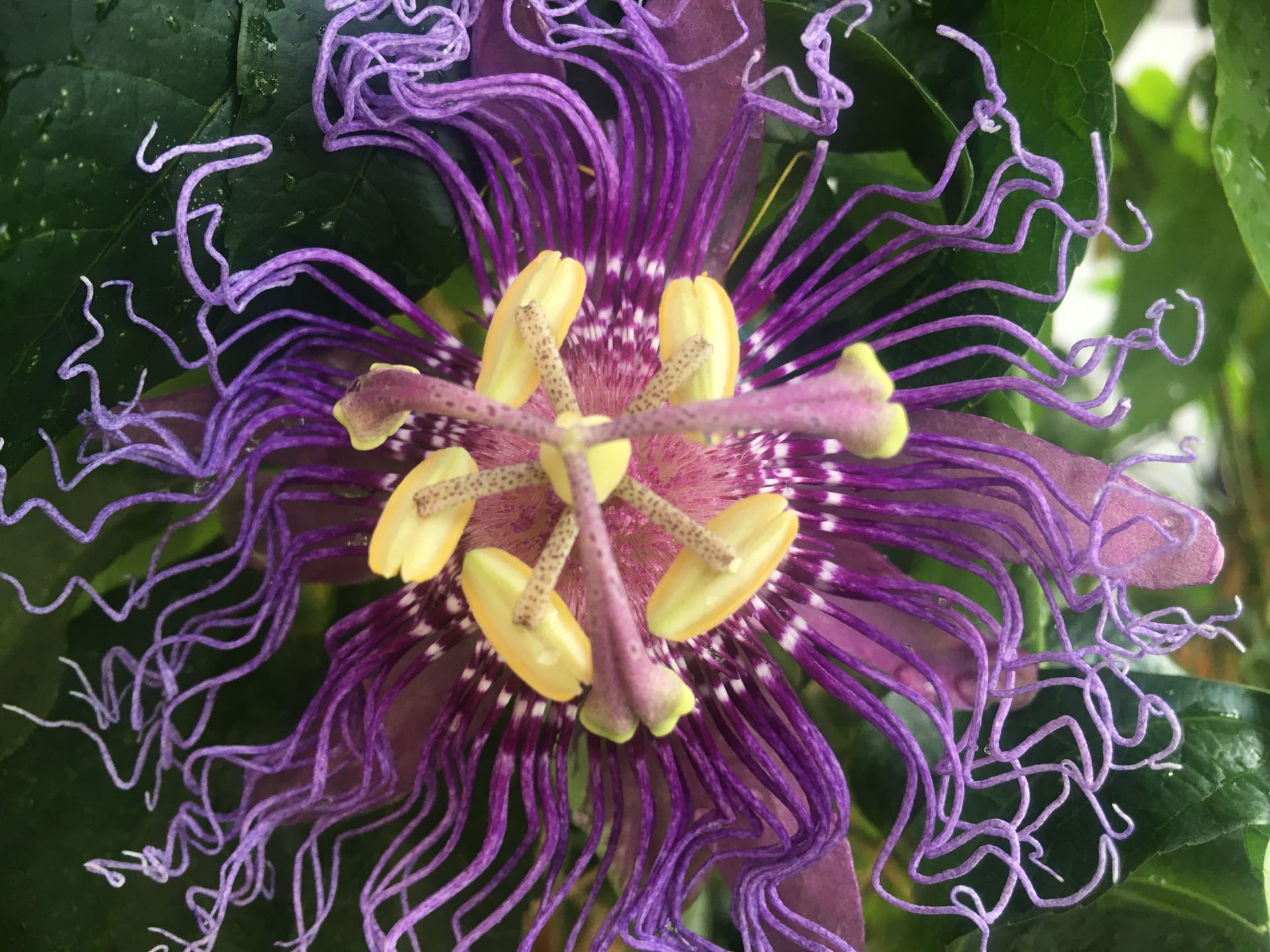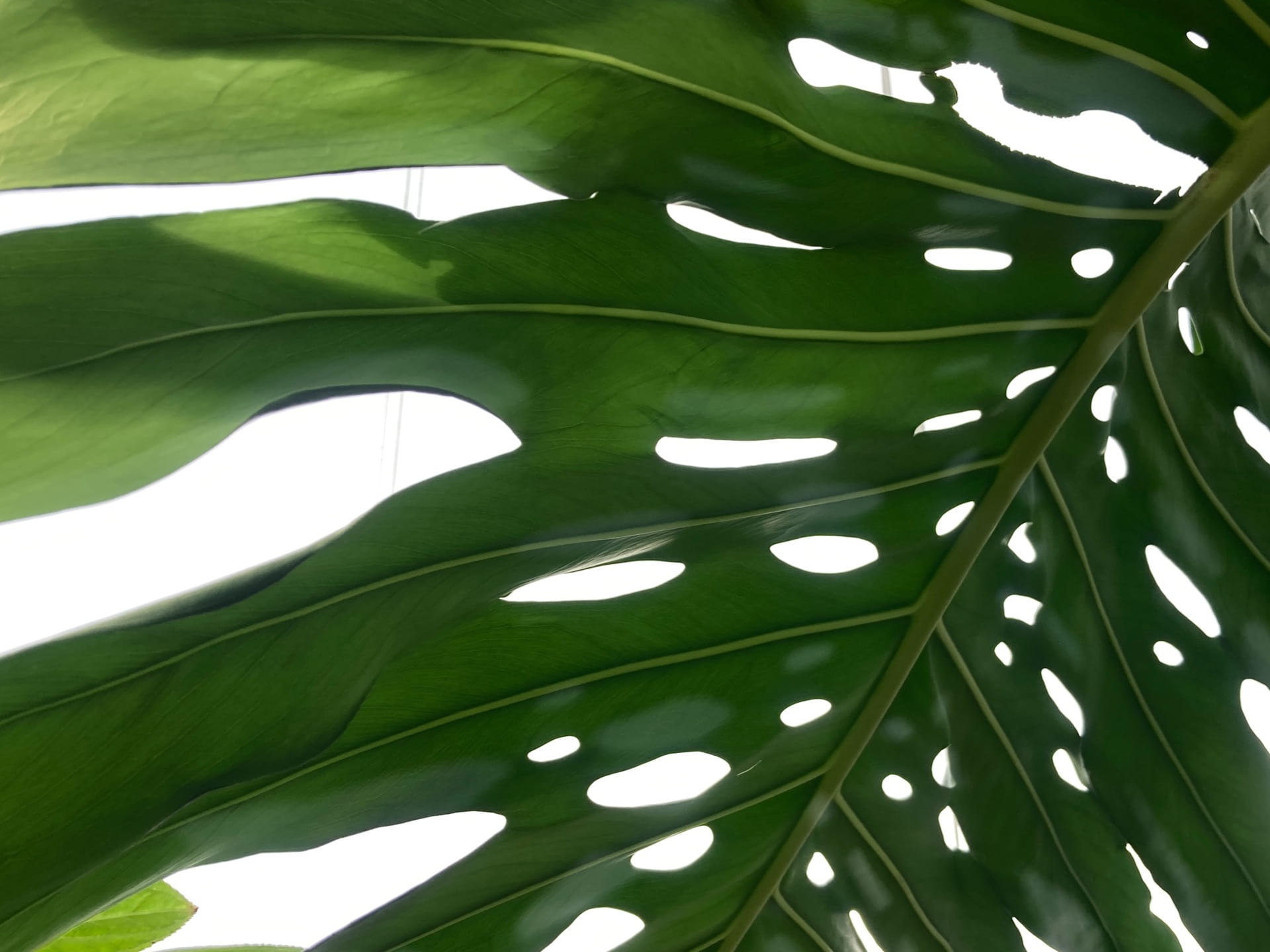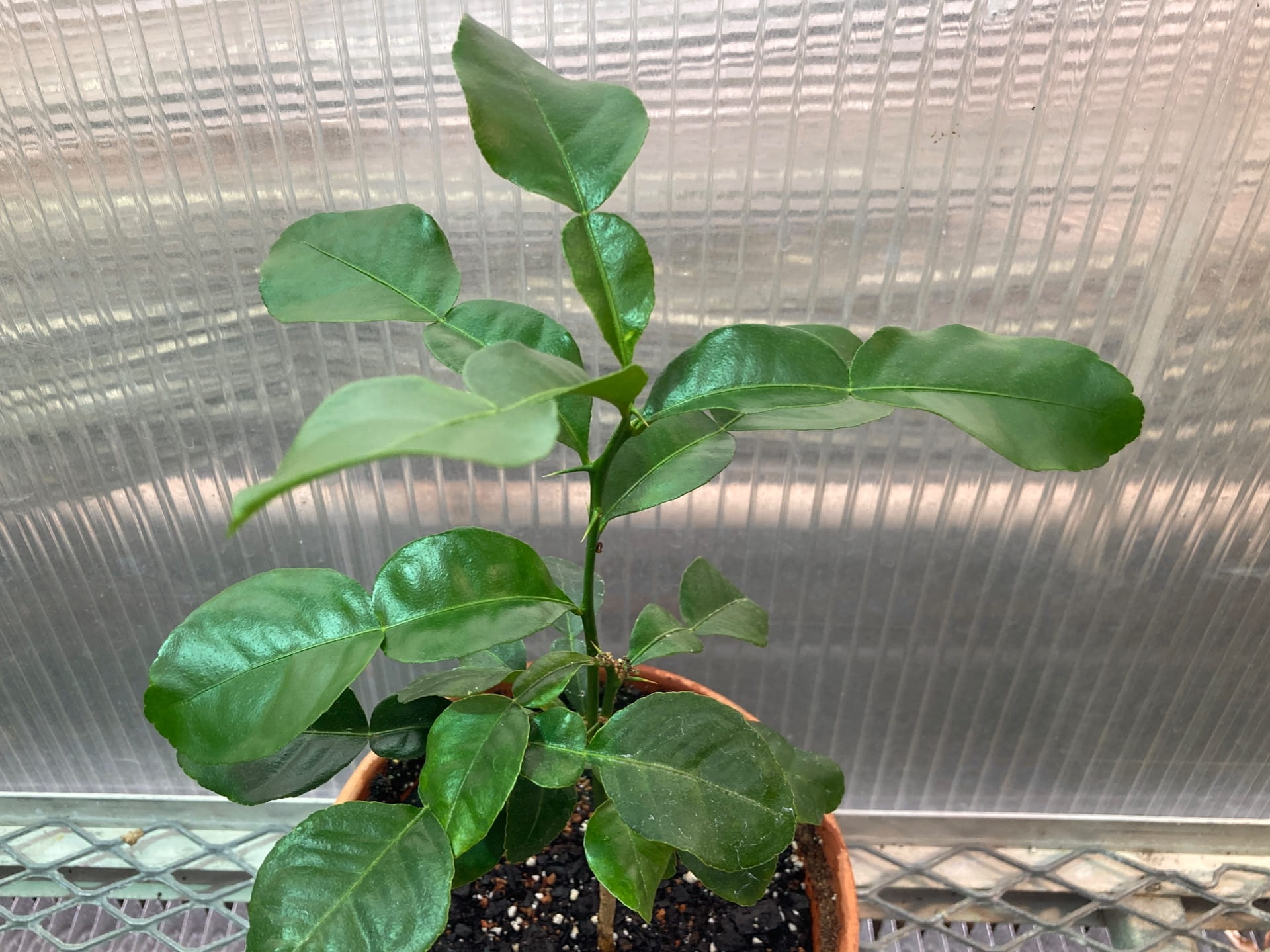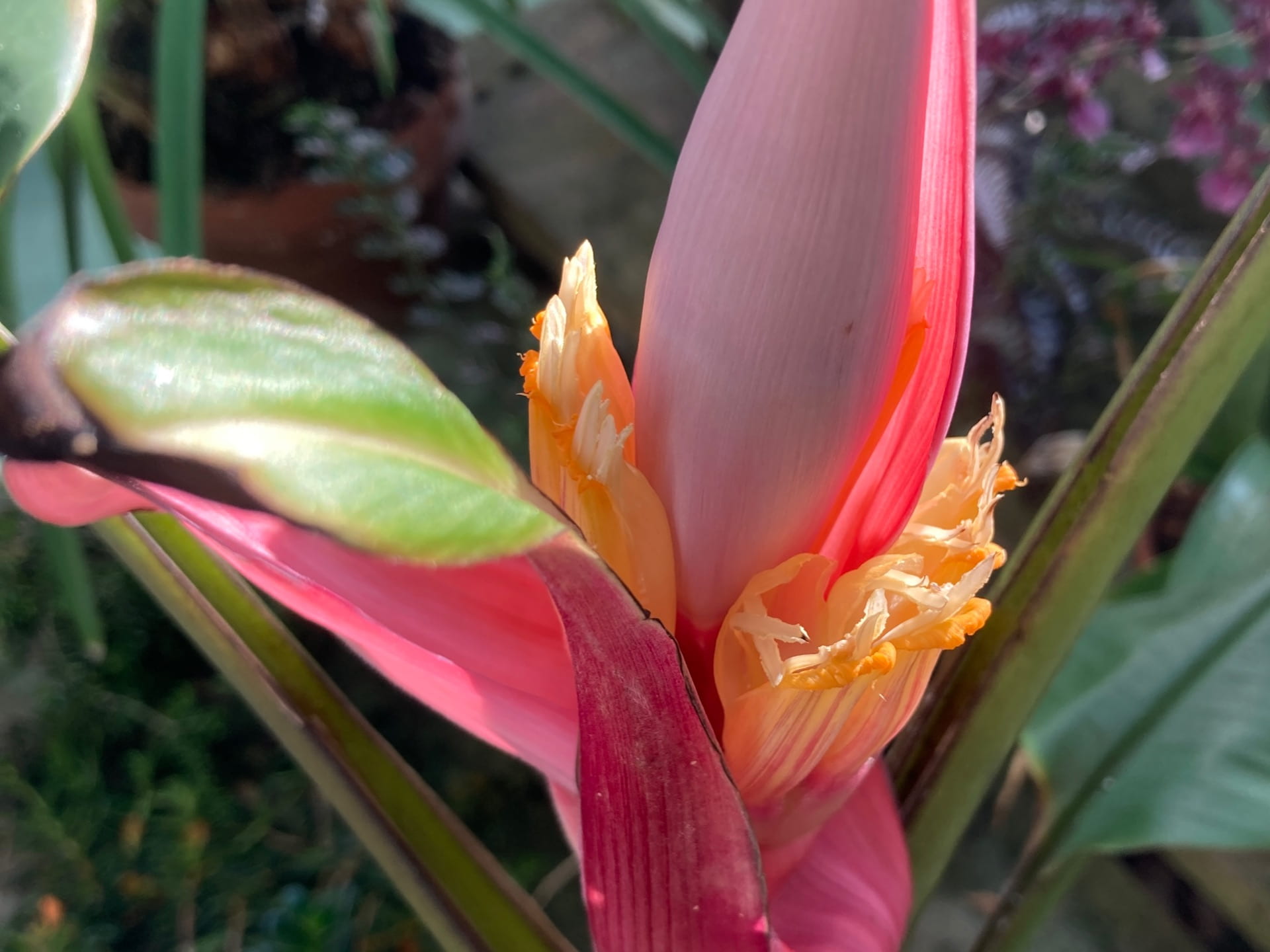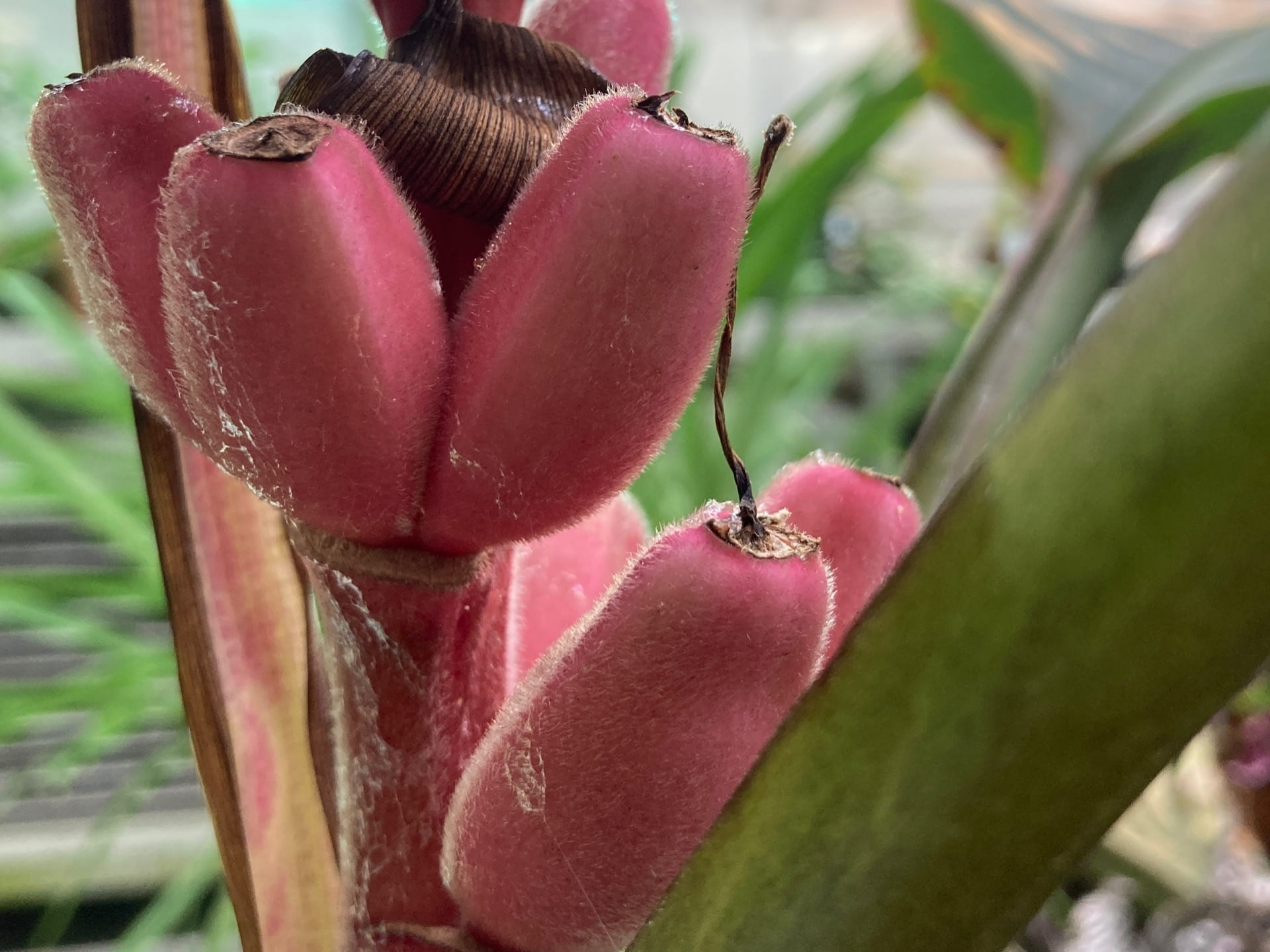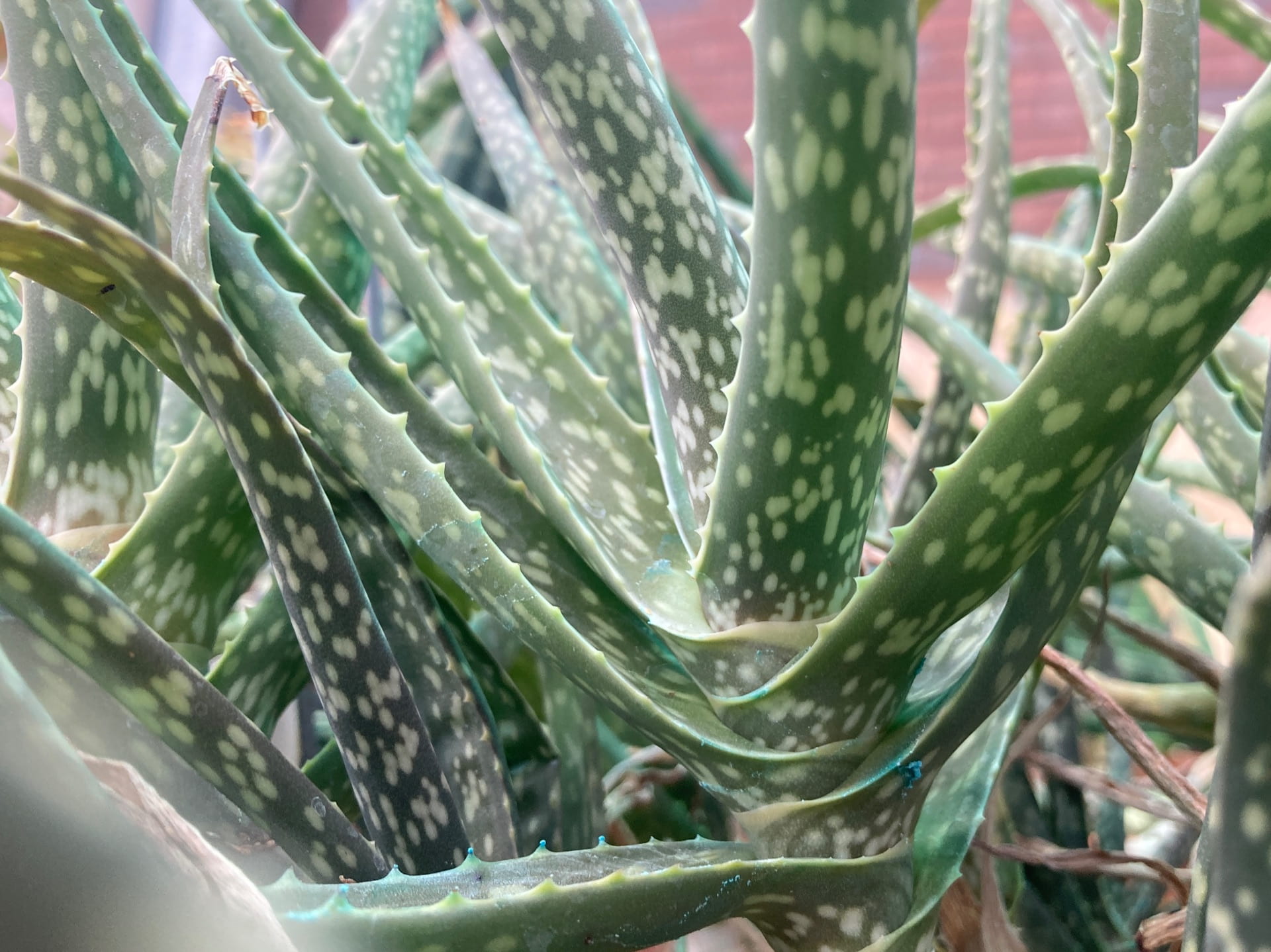The Department of Biology Greenhouses at the University of Pennsylvania houses the official teaching collection for the department.
Our collection exhibits three different categories: plants representing different evolutionary pathways, those that demonstrate unique adaptations, and plants that are used as food, spice, and medicine crops.
Our accessions are comprised of 38 orders, 70 families, 163 genera, and 230 species.
View the collection:
Evolutionary Pathways
The plant kingdom has been evolving for approximately 1.5 billion years. Single-celled algae evolved into bryophytes (mosses) about 500 million years ago. These organisms are land dwelling, non-vascular, and do not produce flowers or seeds, instead reproducing via spores. About 420 million years ago bryophytes advanced into lycophytes (similar to mosses in many ways except they have vascular systems) and then ferns. About 350 million years ago gymnosperms, the first plant group to have true seeds, which are held in cones, evolved. The most recent evolutionary advancement were angiosperms, flower and seed bearing plants, which evolved about 150 million years ago.
Unique Adaptations
Living organisms around the world adapt to their often hostile environments; and plants are no exception. Our collection highlights plants that have adapted to challenging environmental conditions such as low nitrogen levels (carnivorous plants), extremely hot temperatures (cacti and succulents), high plant competition (epiphytic plants), and extremely wet conditions (aquatic and marginal plants). There are also plants on display which show adaptations in order to have a symbiotic relationship with other organisms within their ecosystem.
Food and Medicine Crops
One way that humans connect with plants is through their use in food and medicine. Our collection holds a number of plants whose fruits, roots, leaves, seeds, and bark are important crops from around the world. These crops are prepared as produce, herbs, spices, and medicine.
